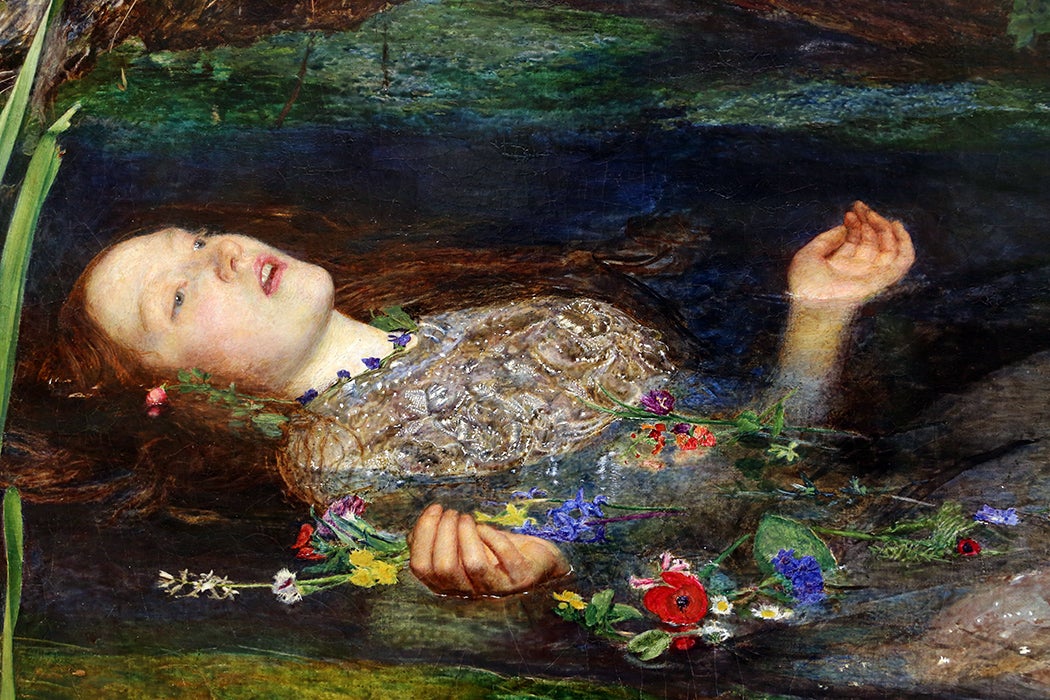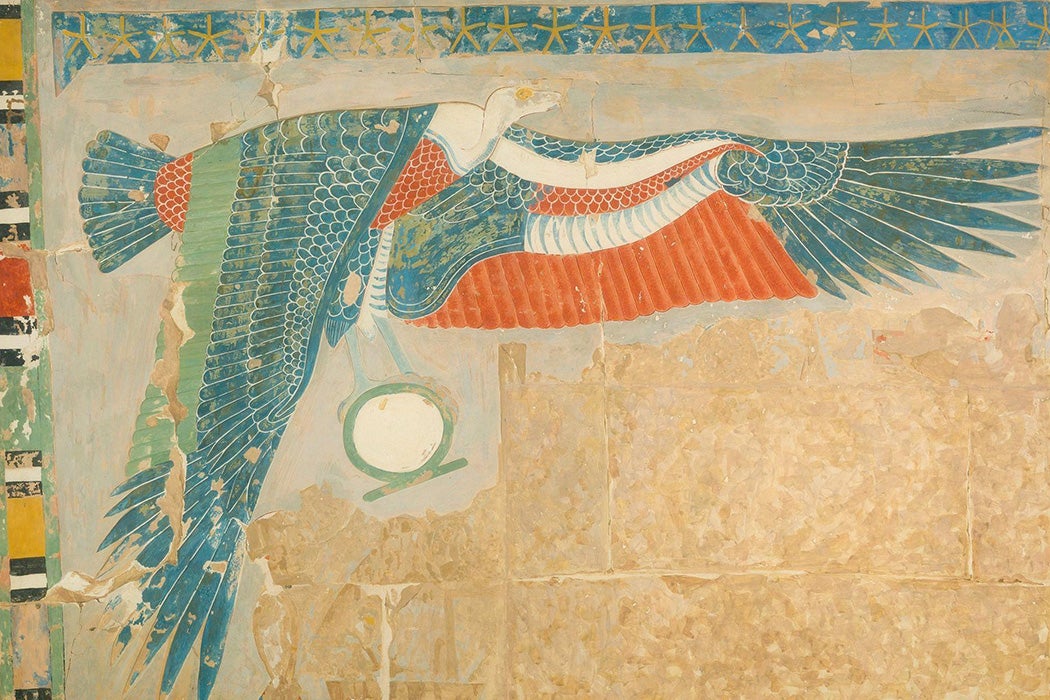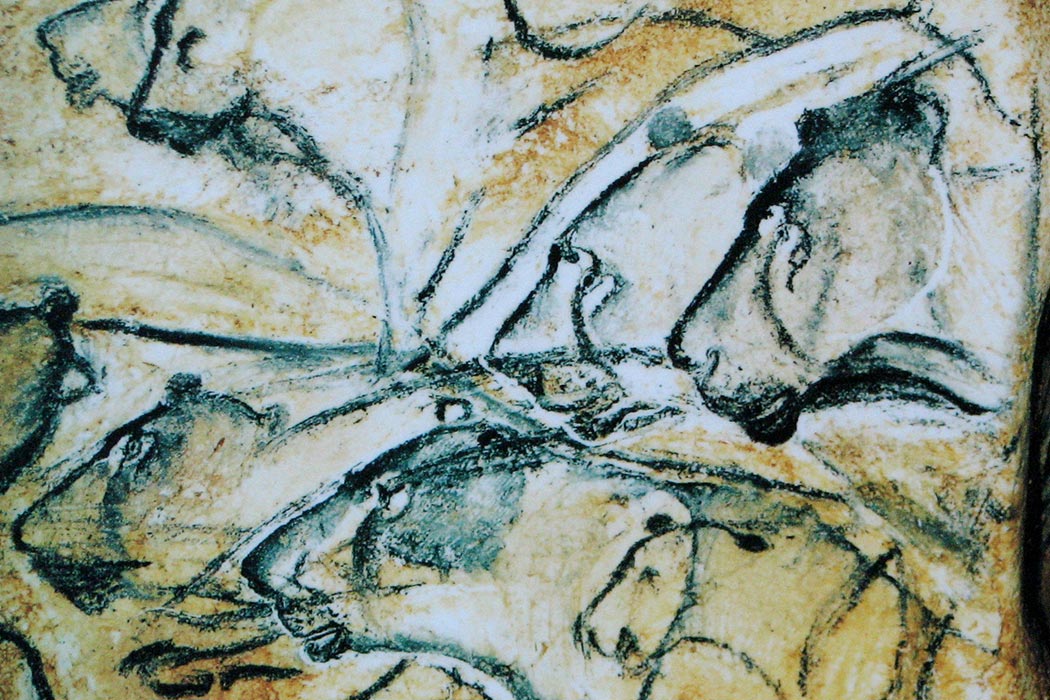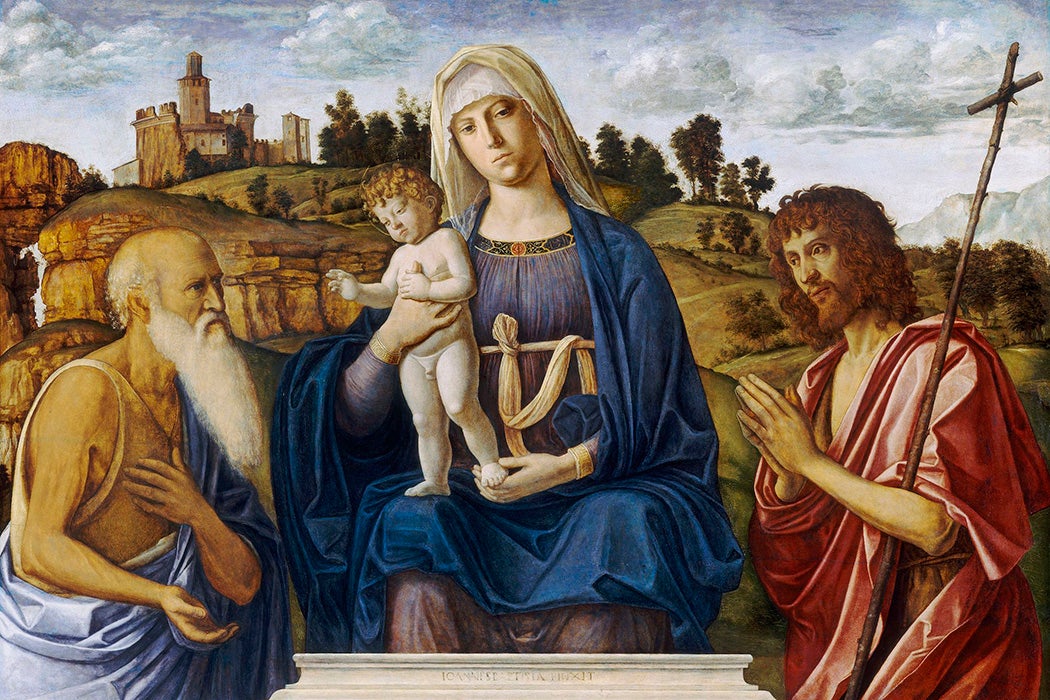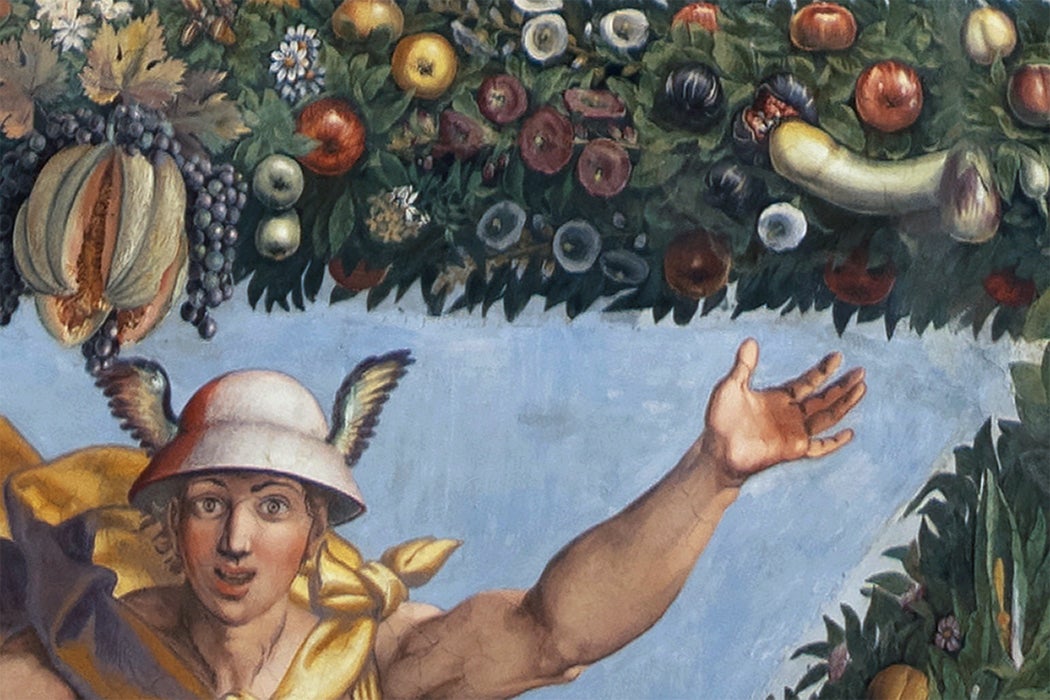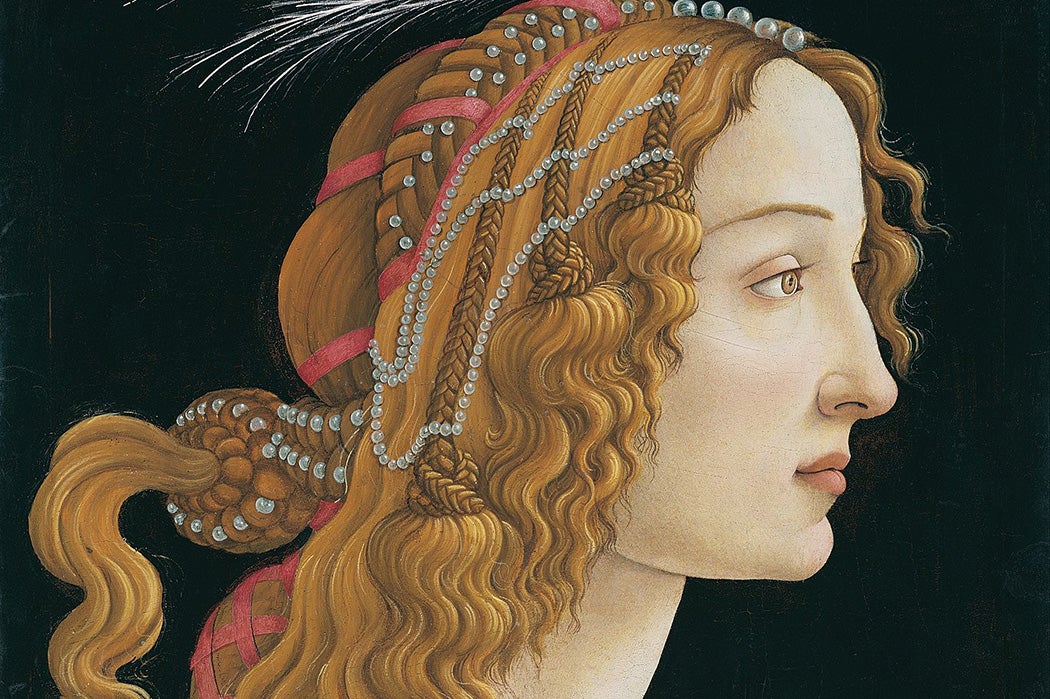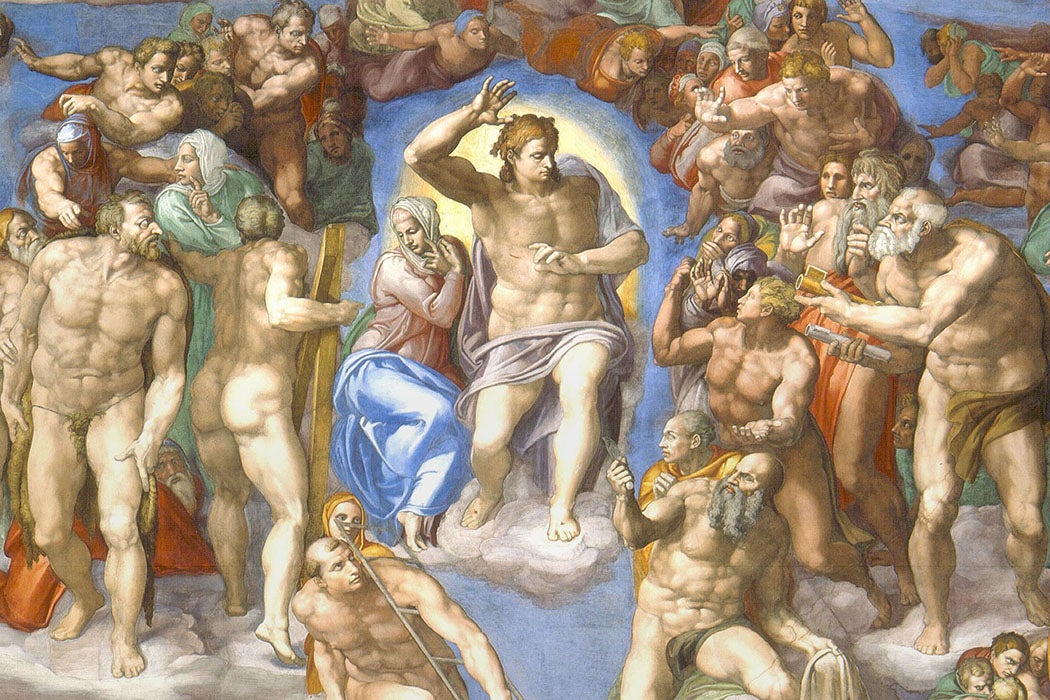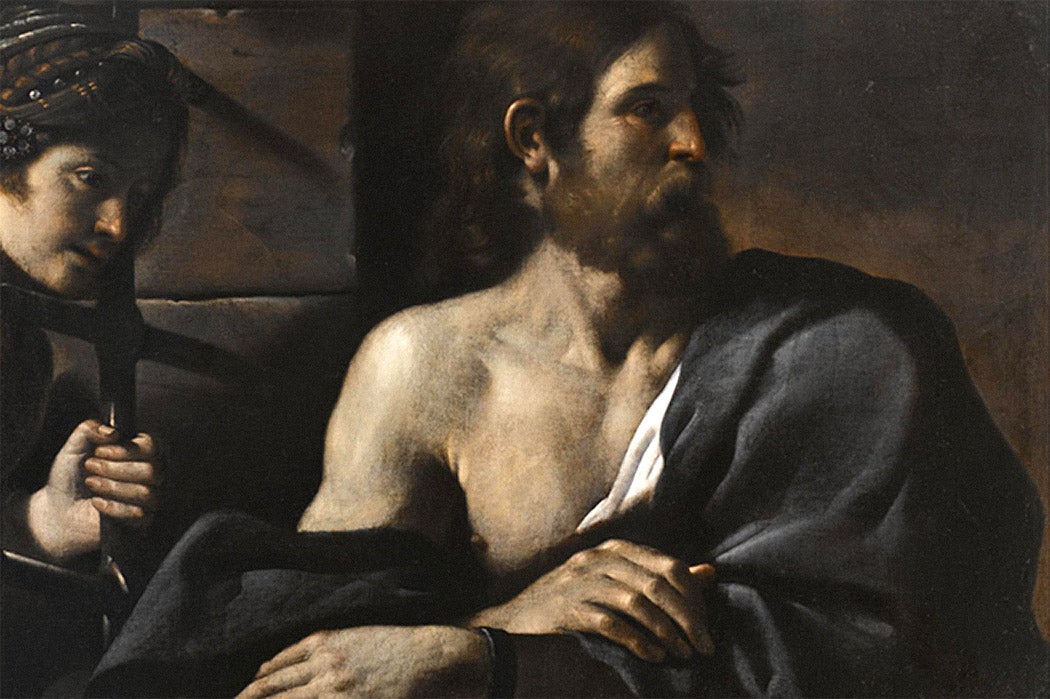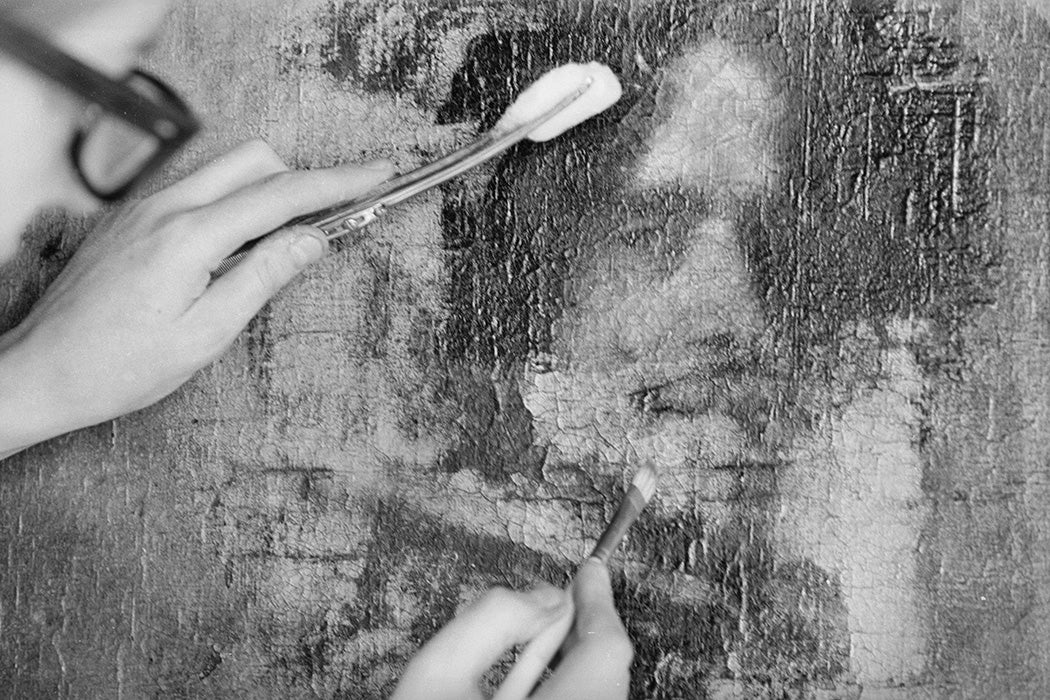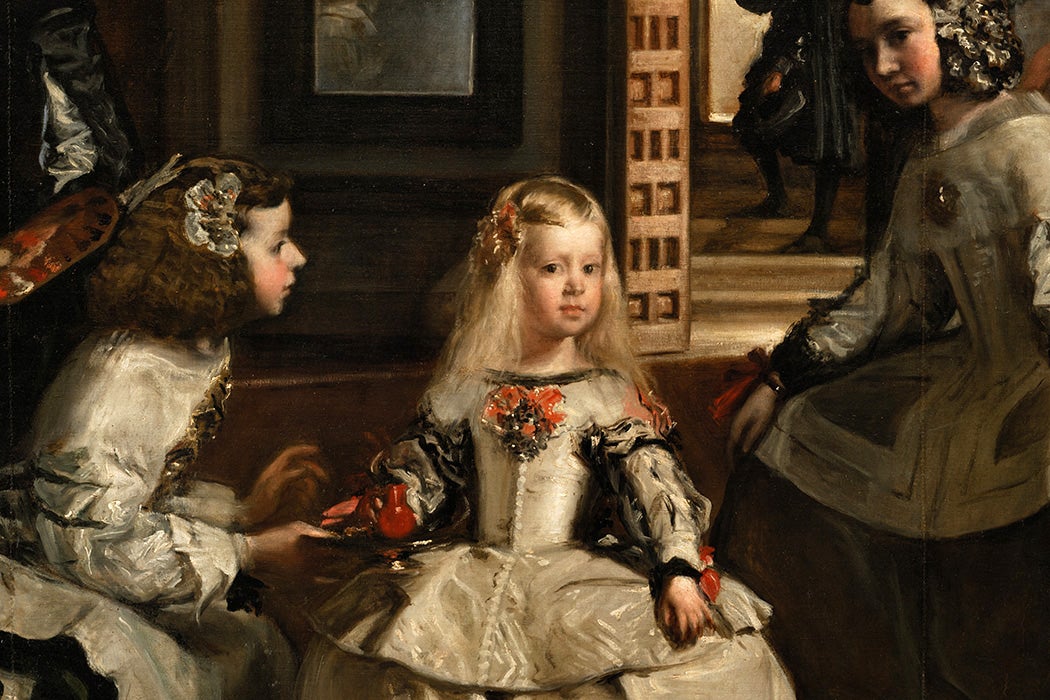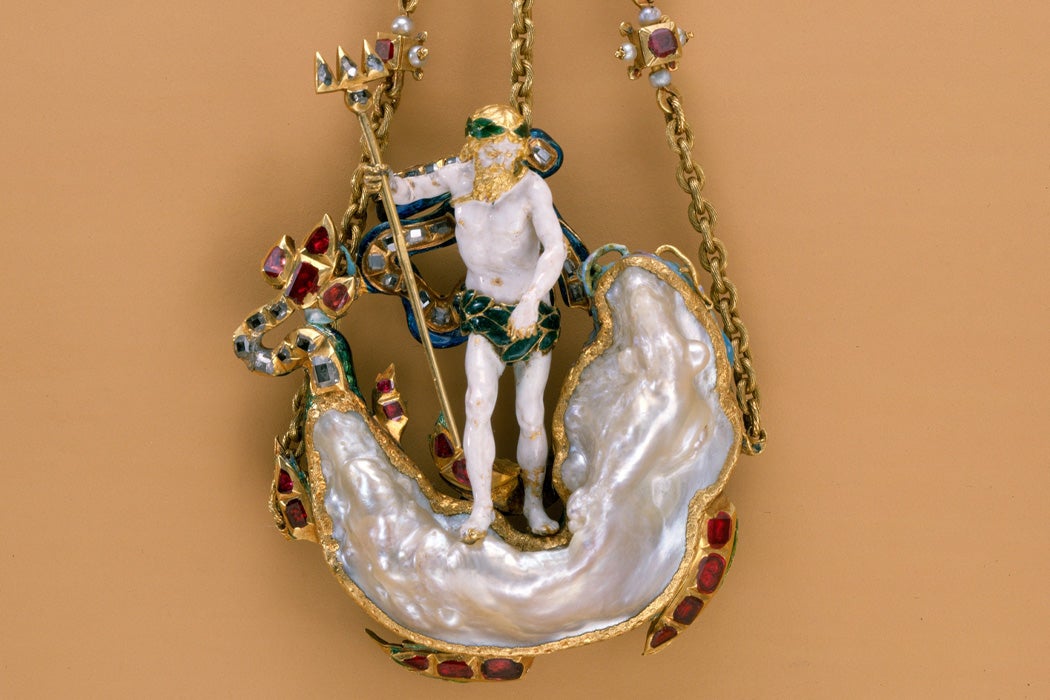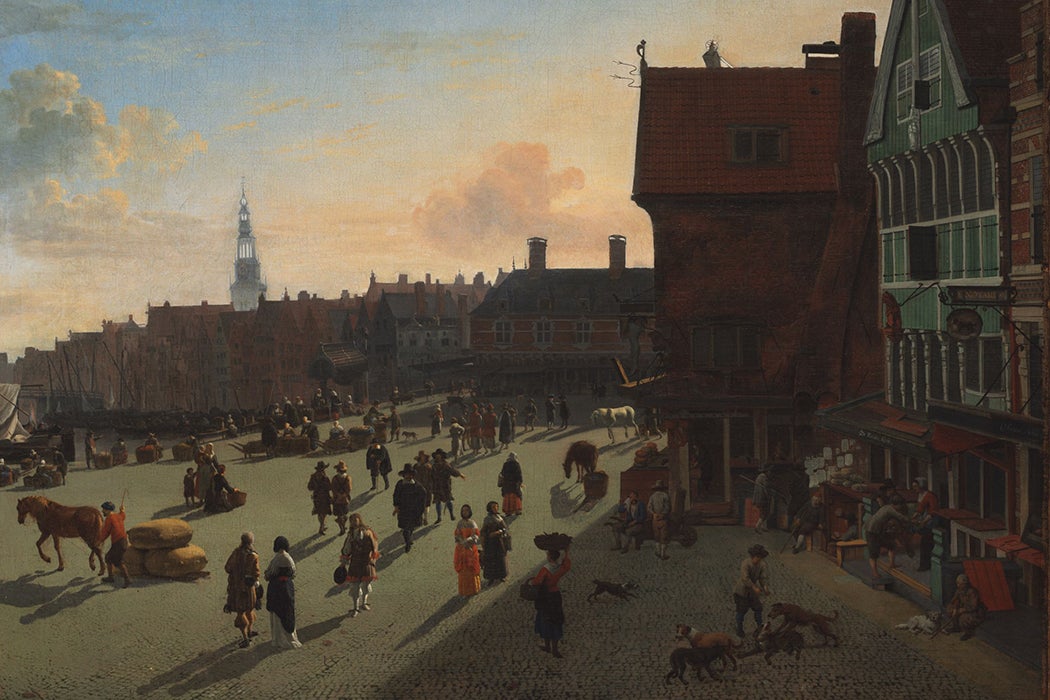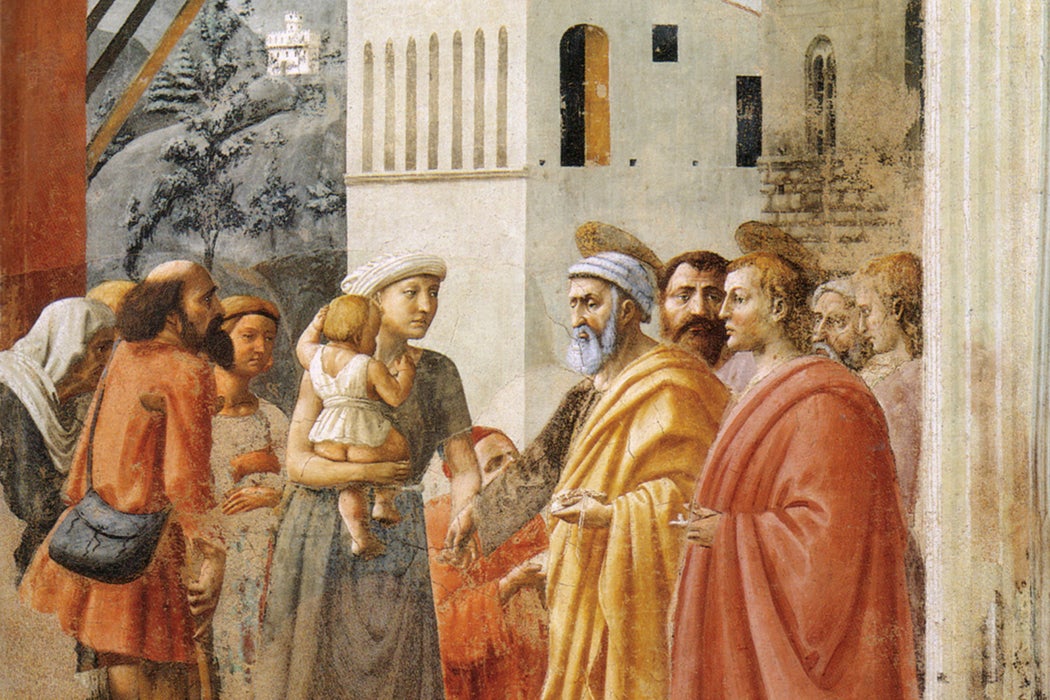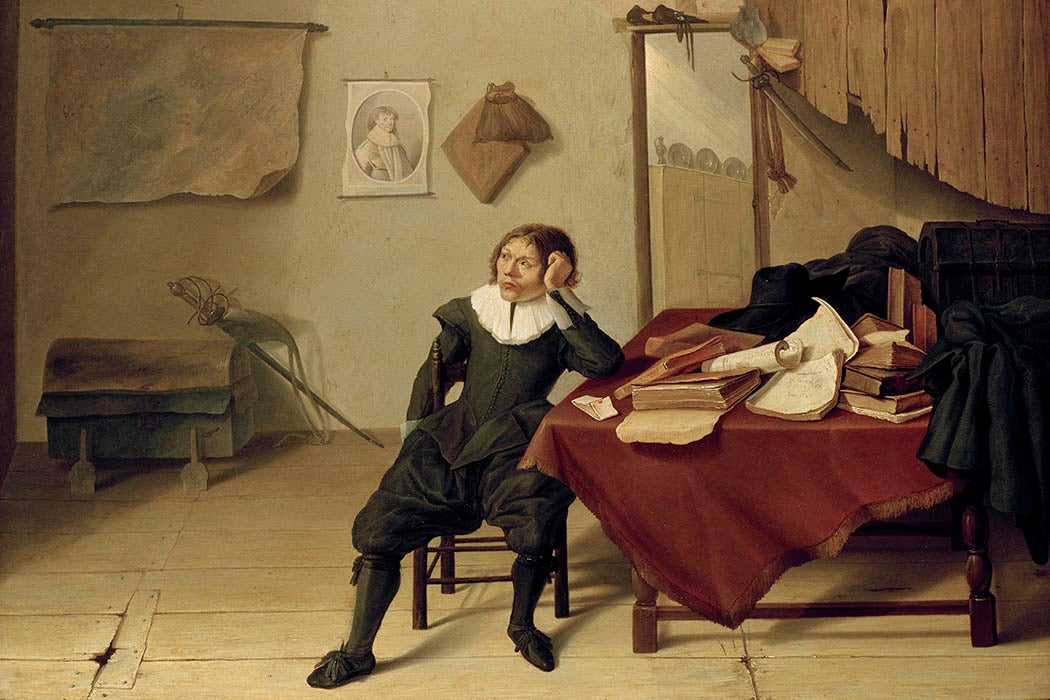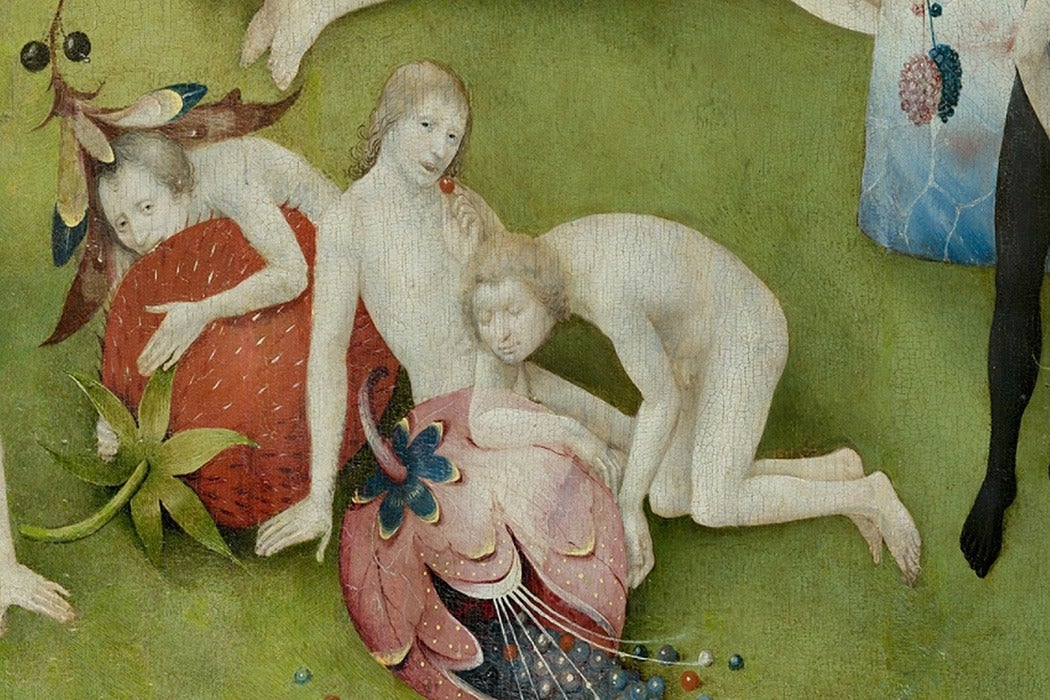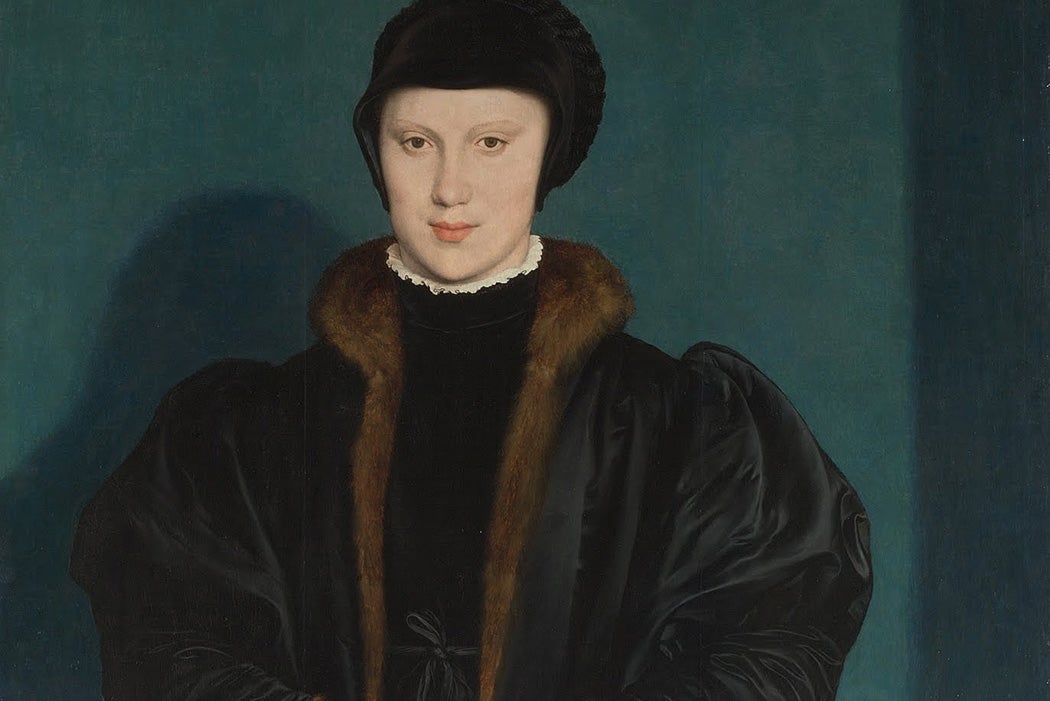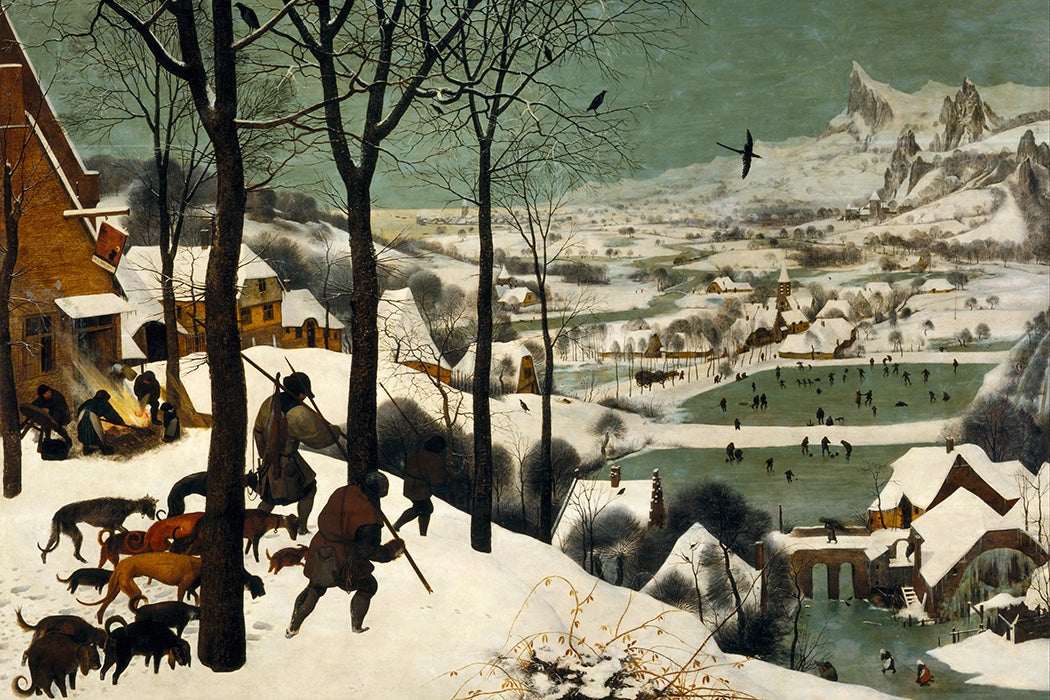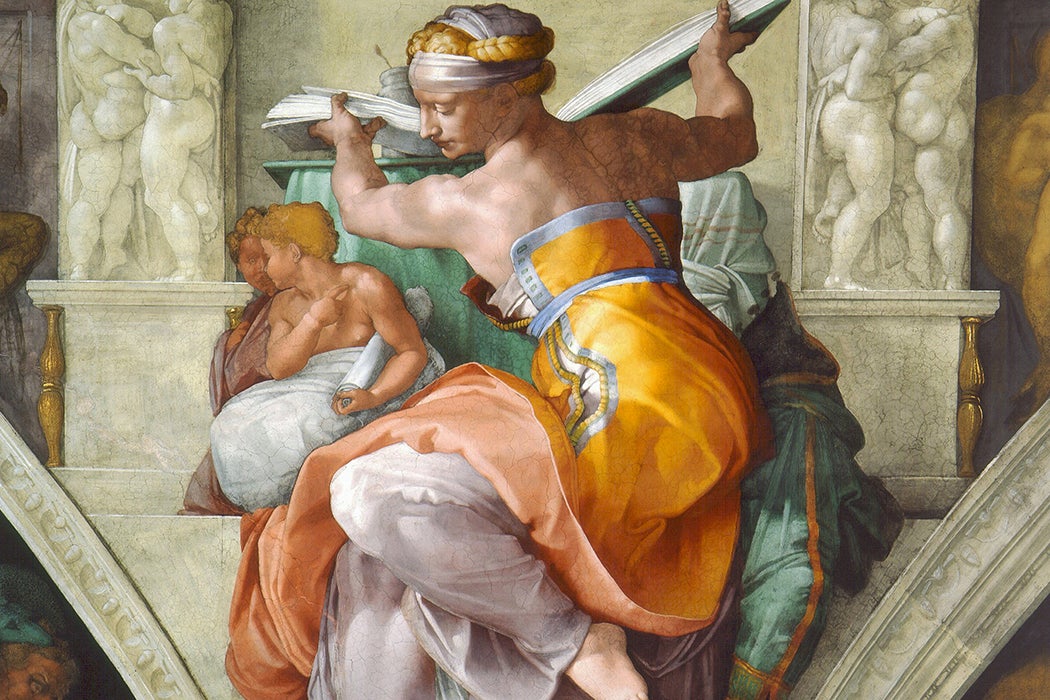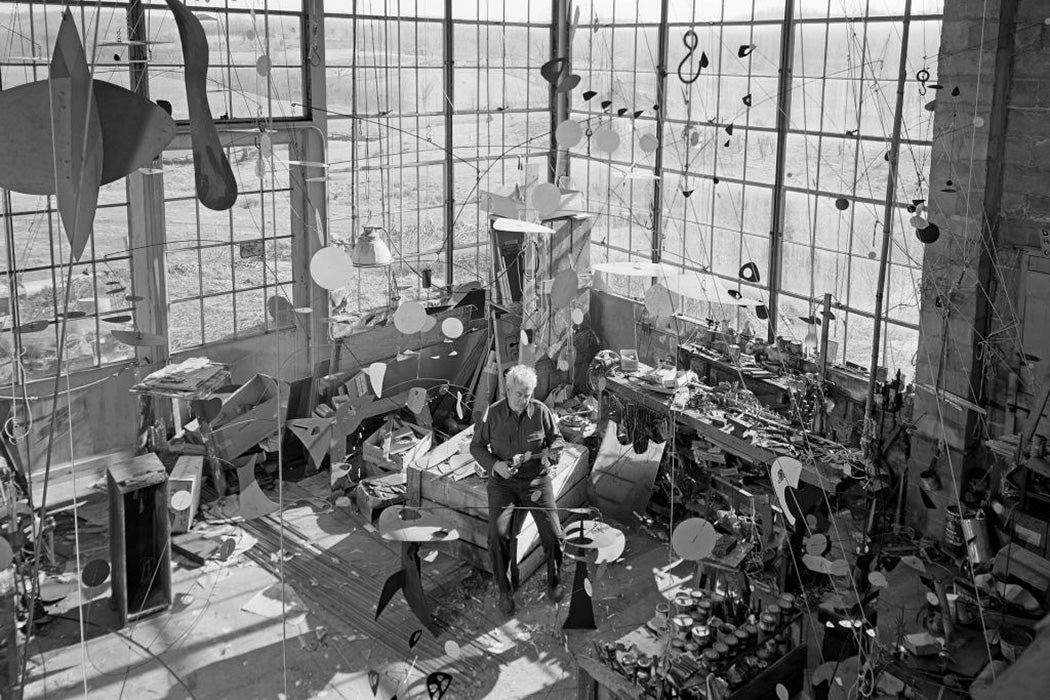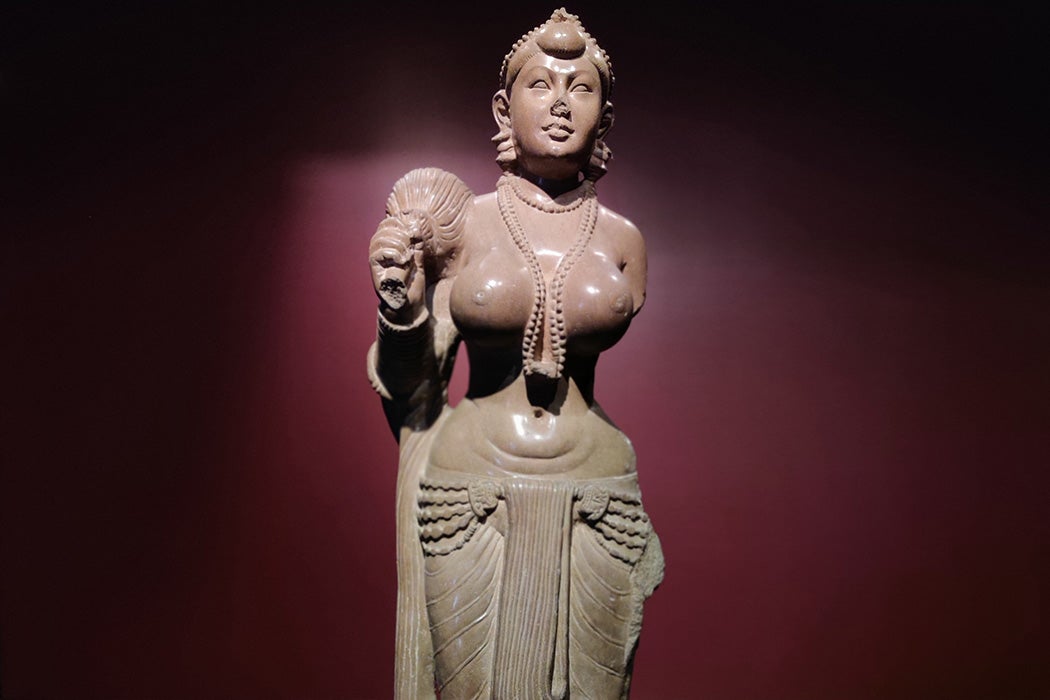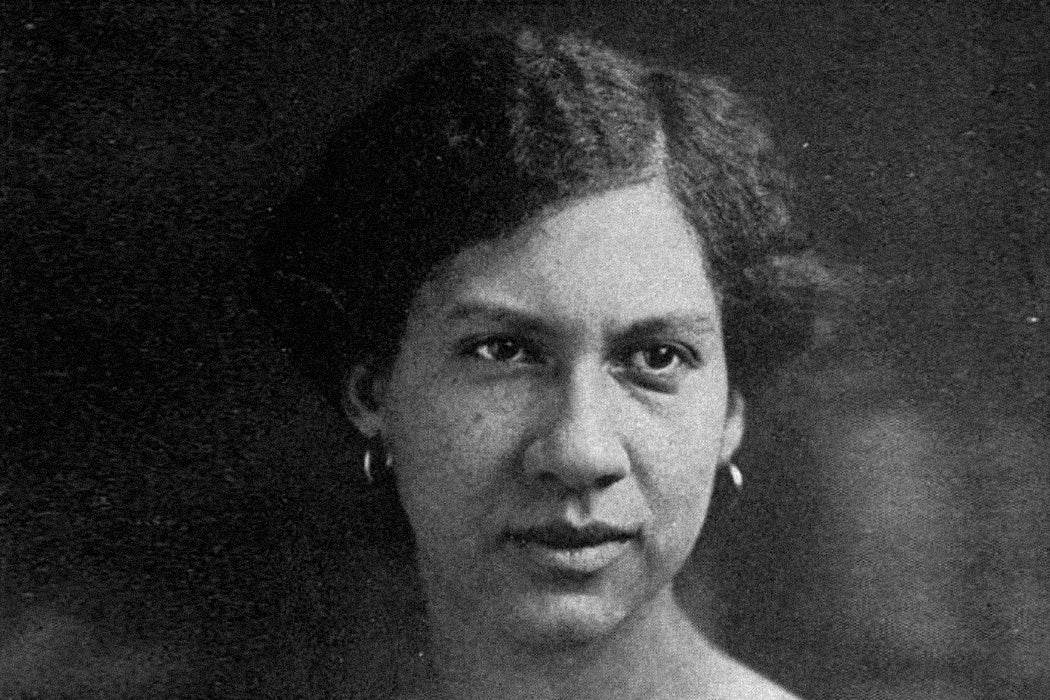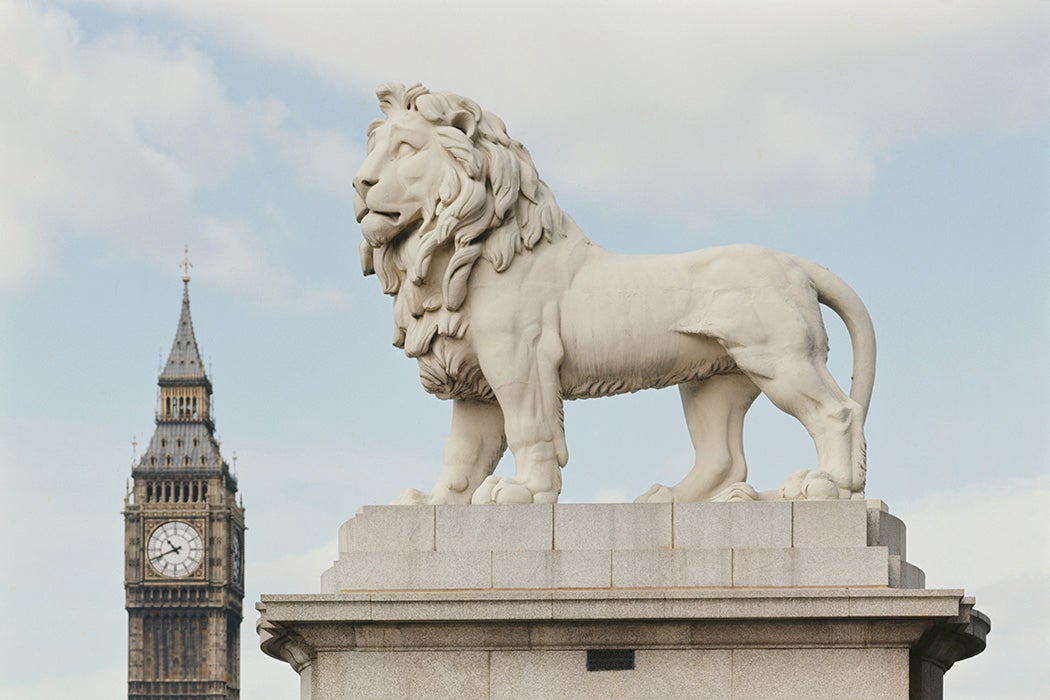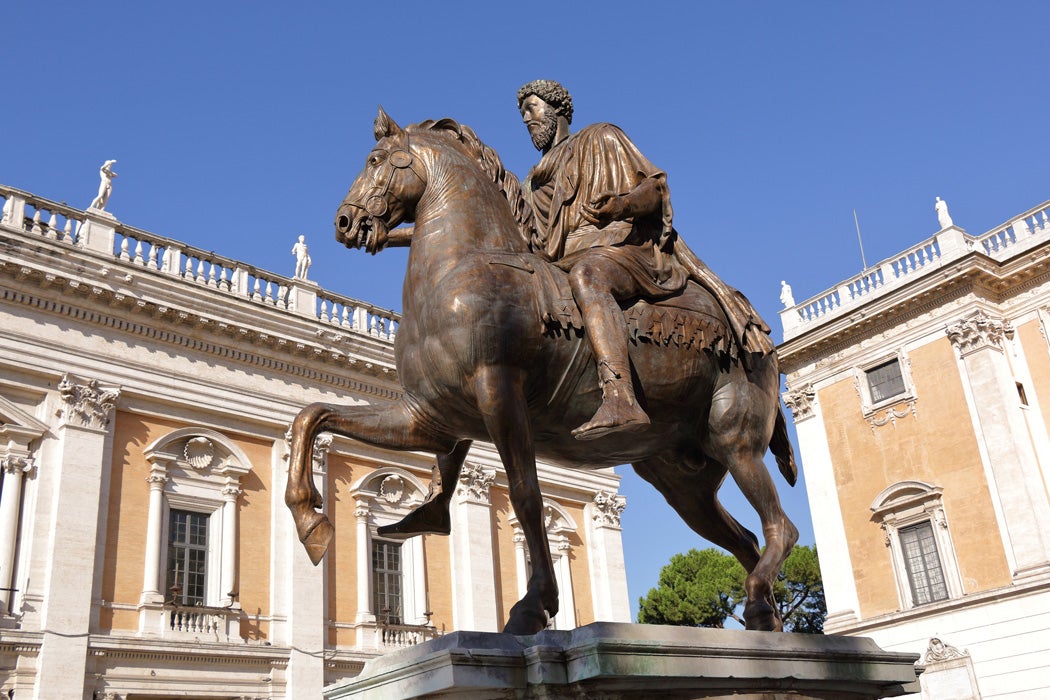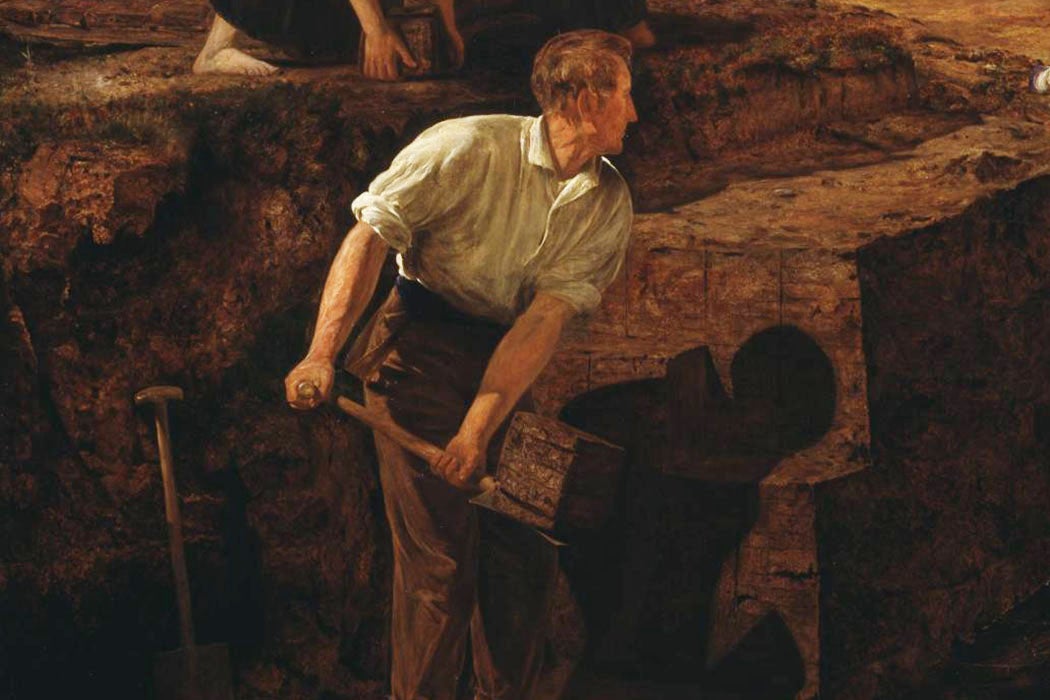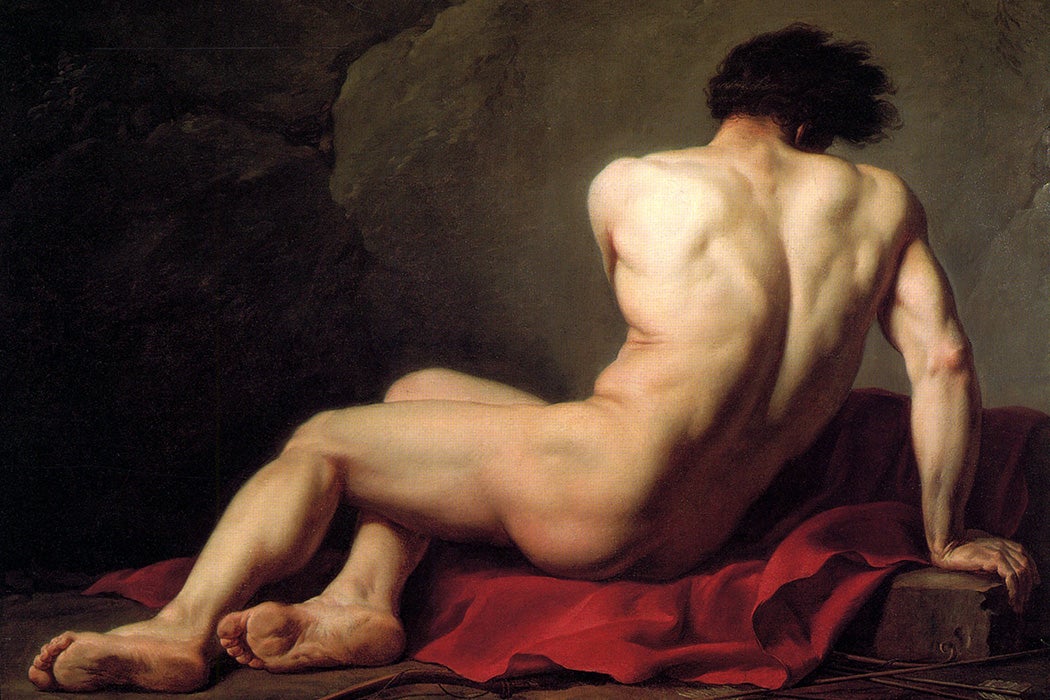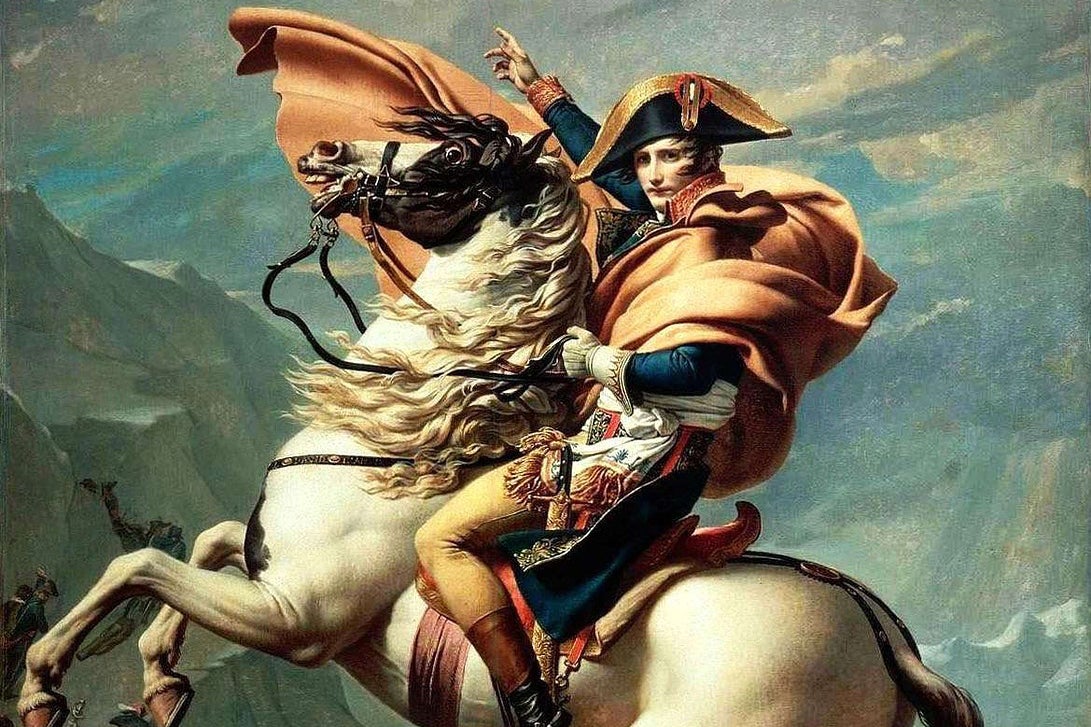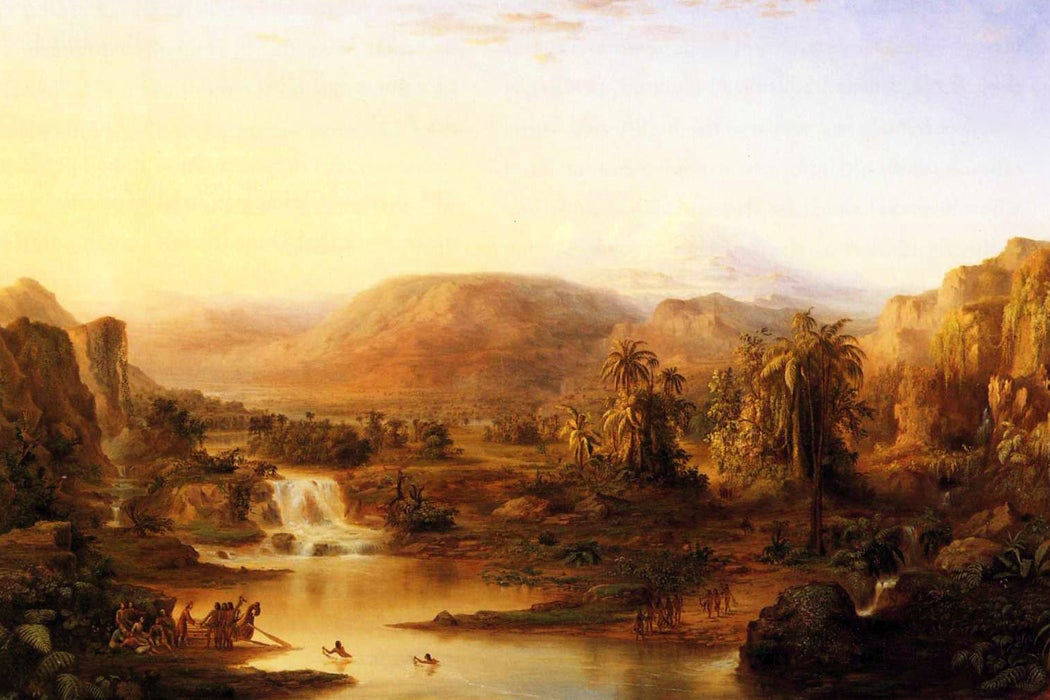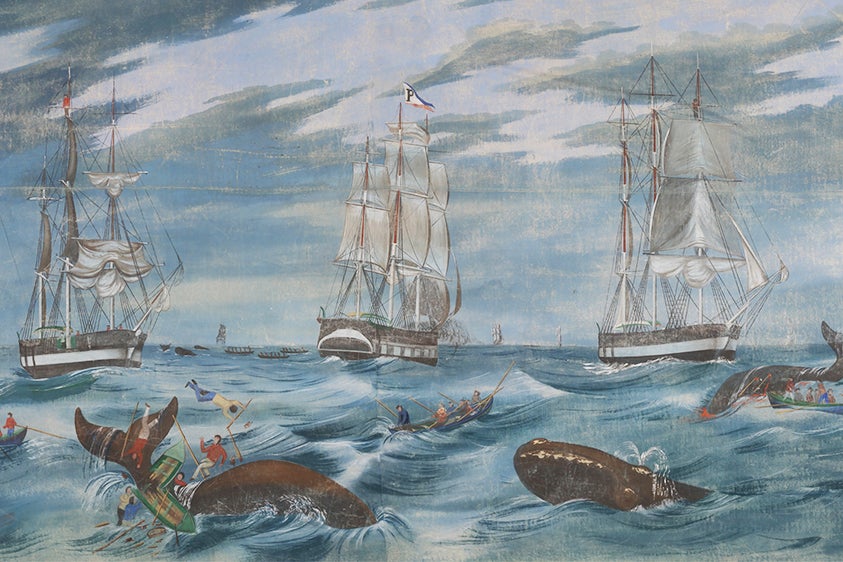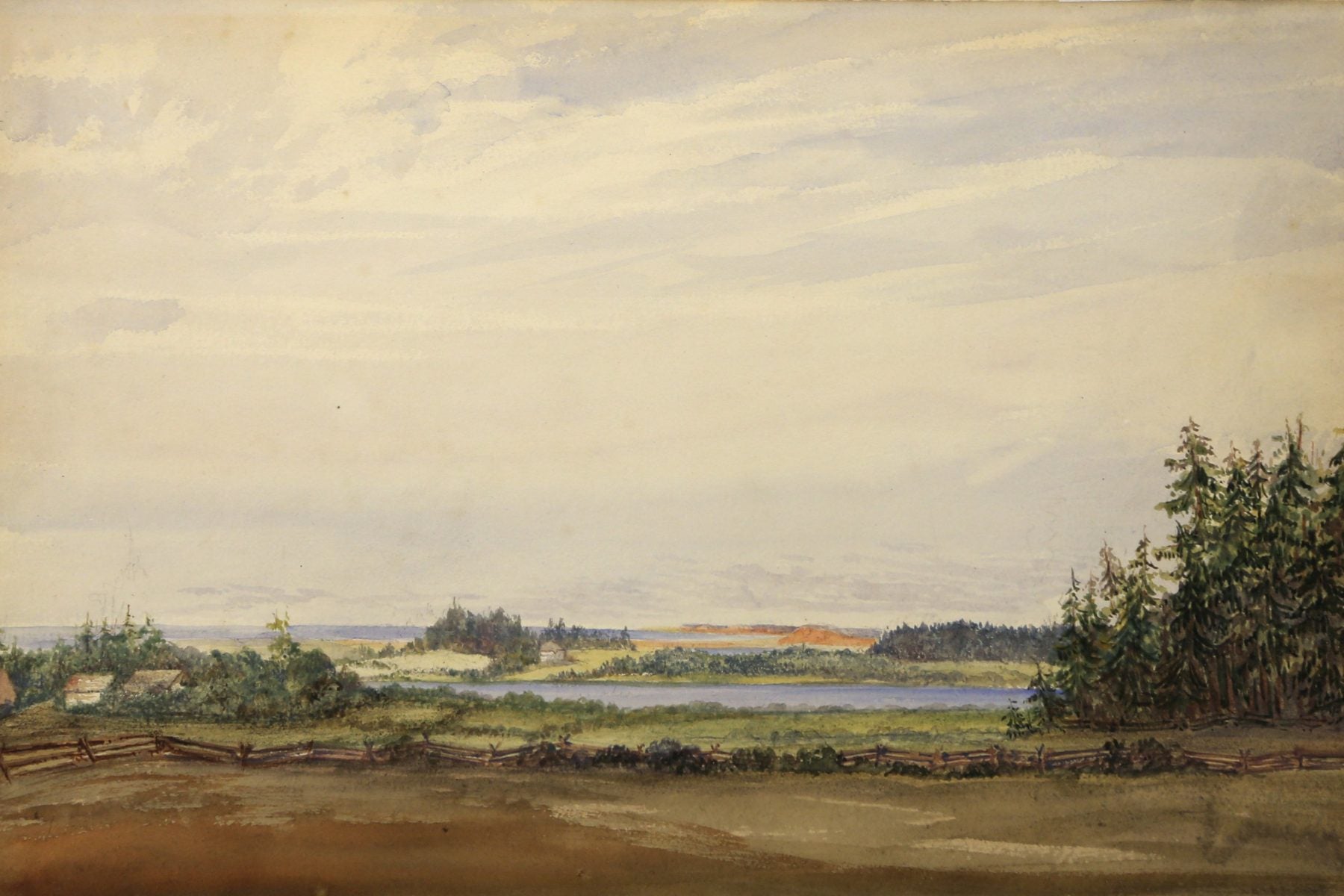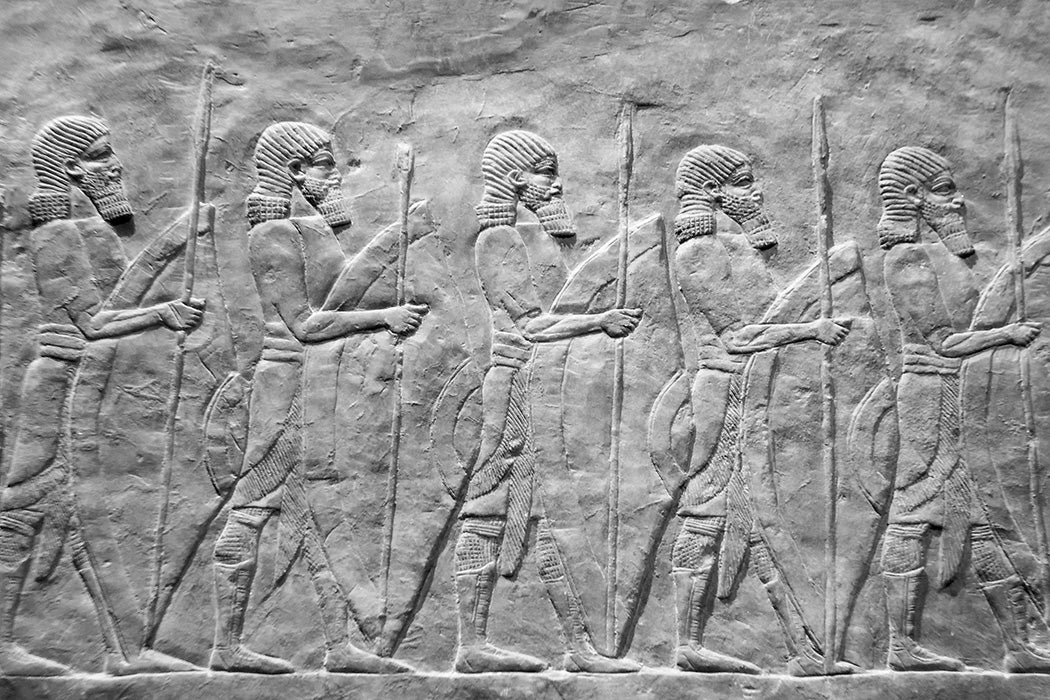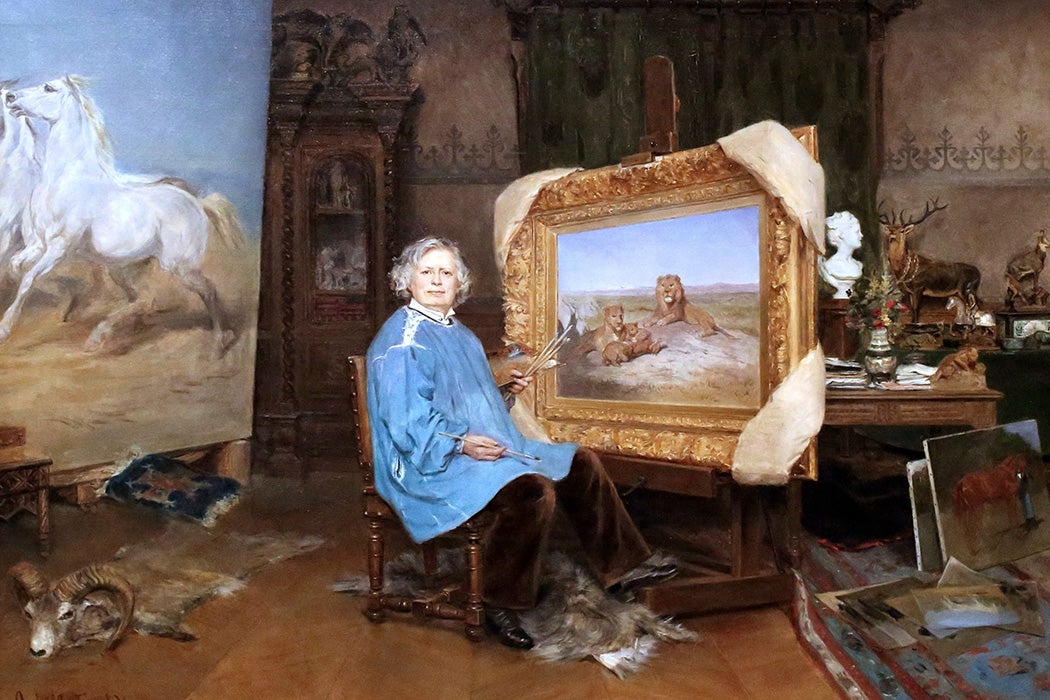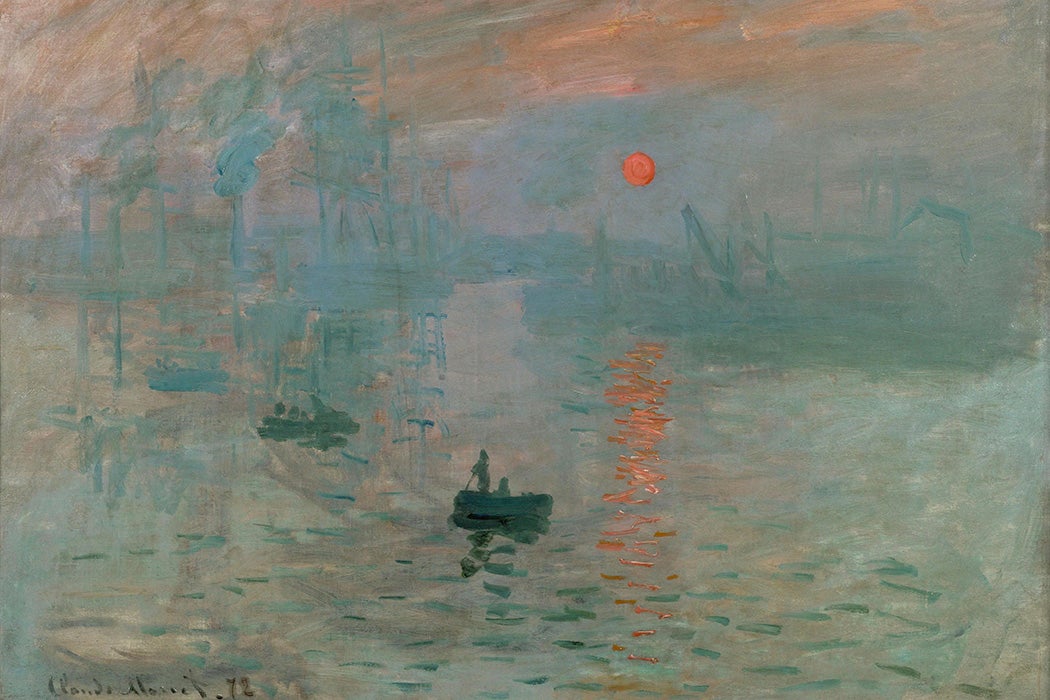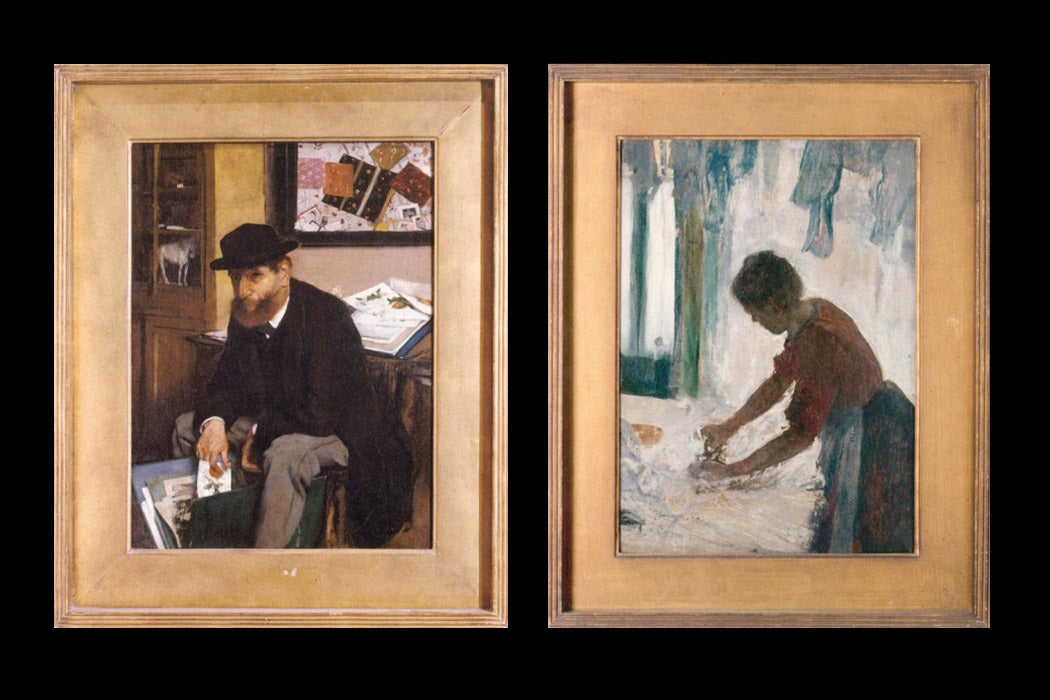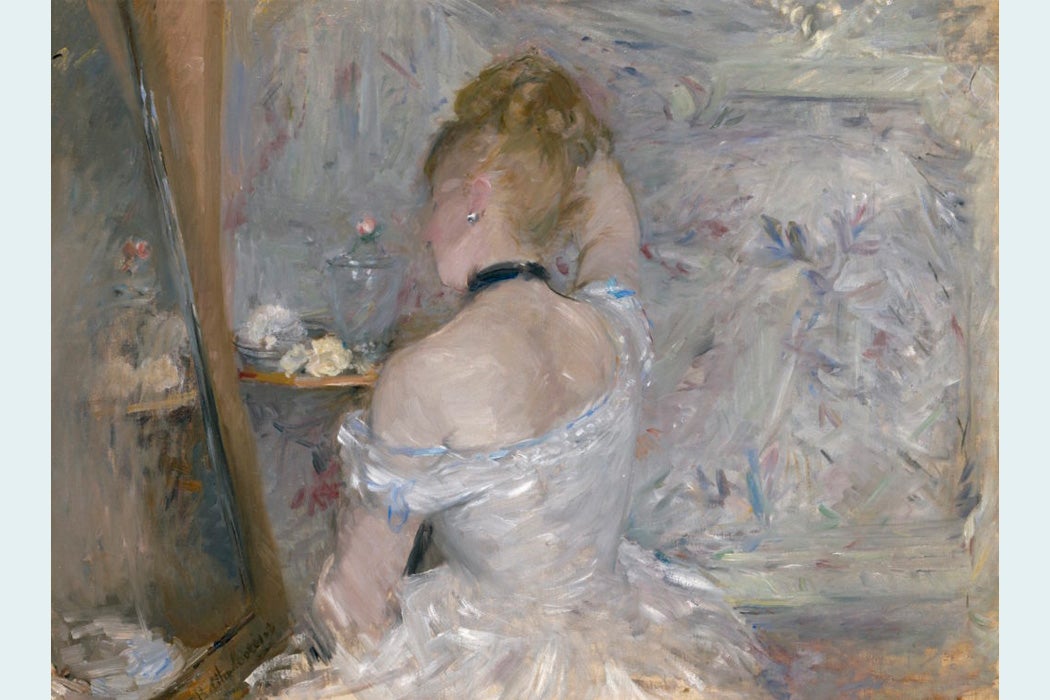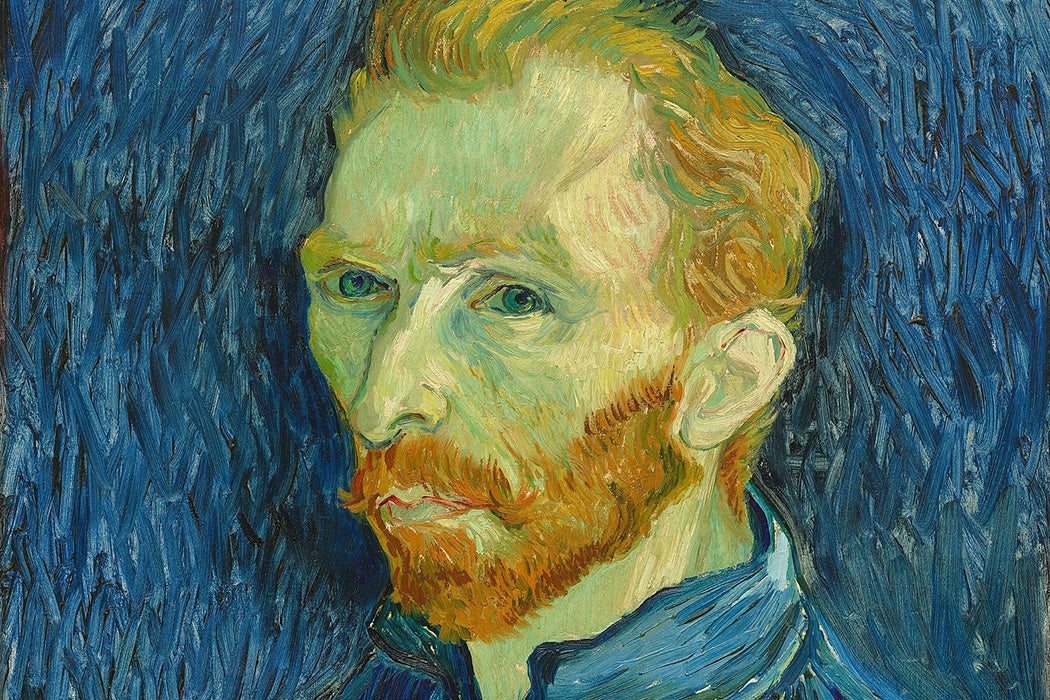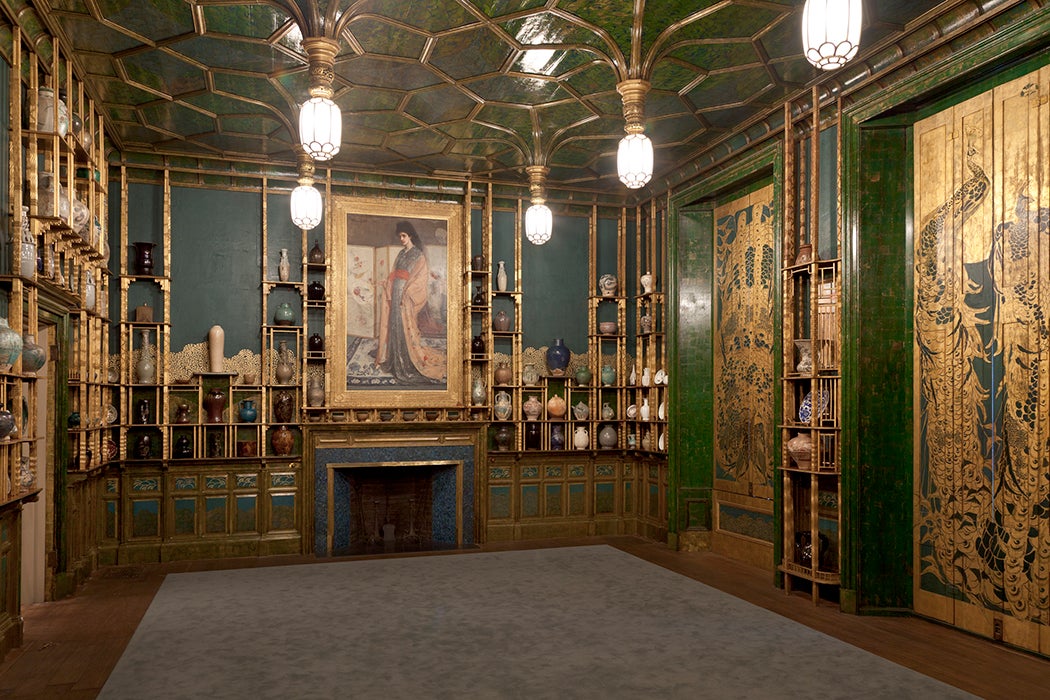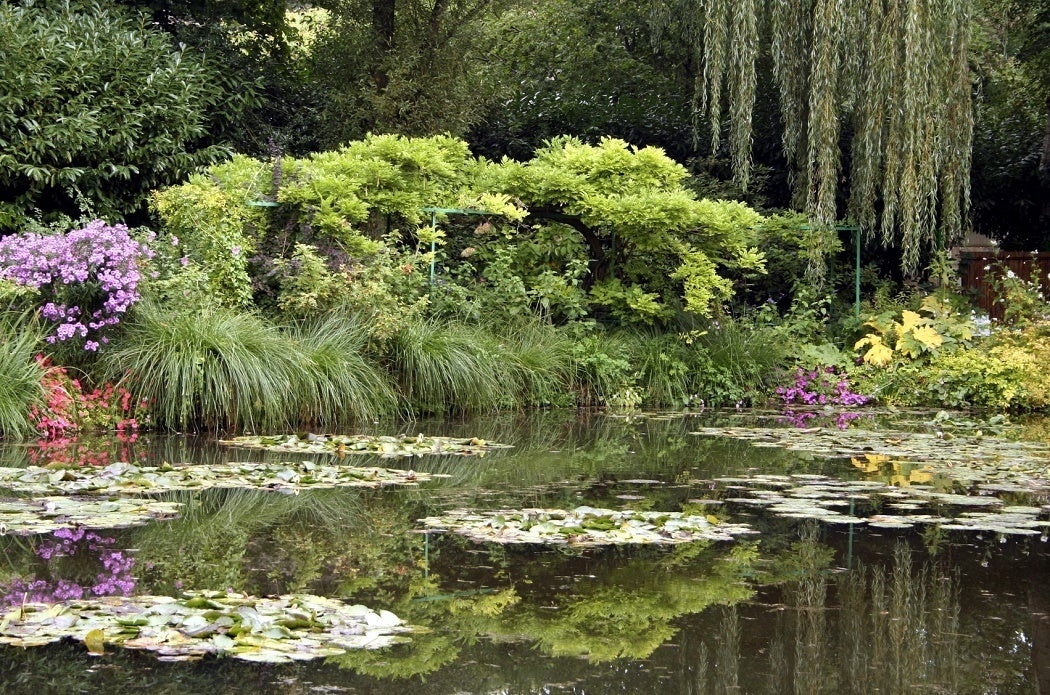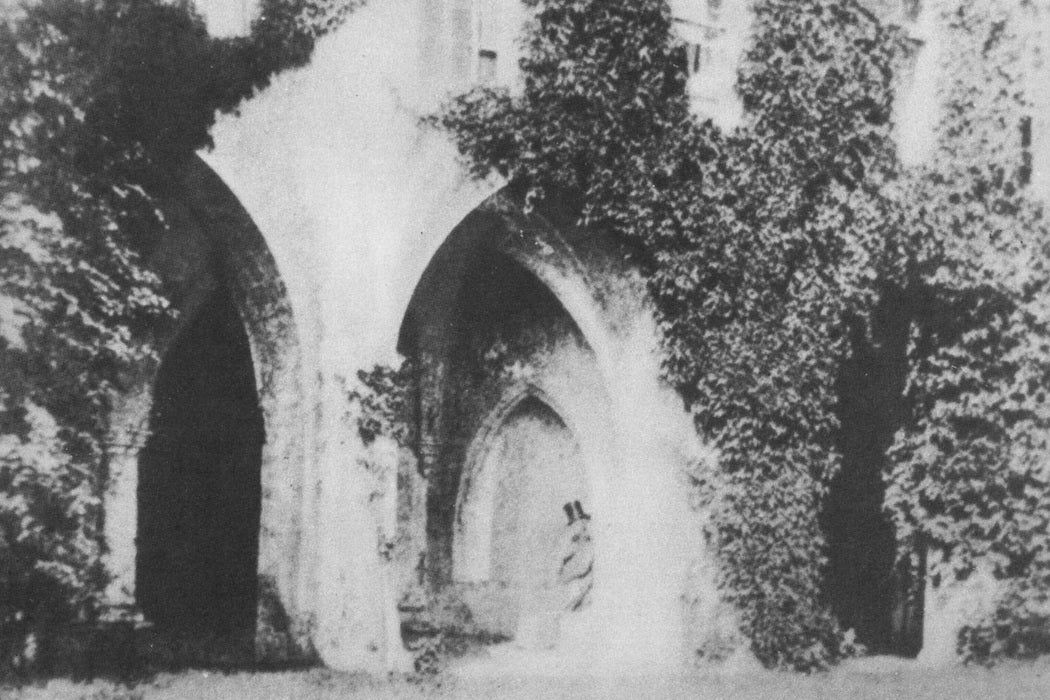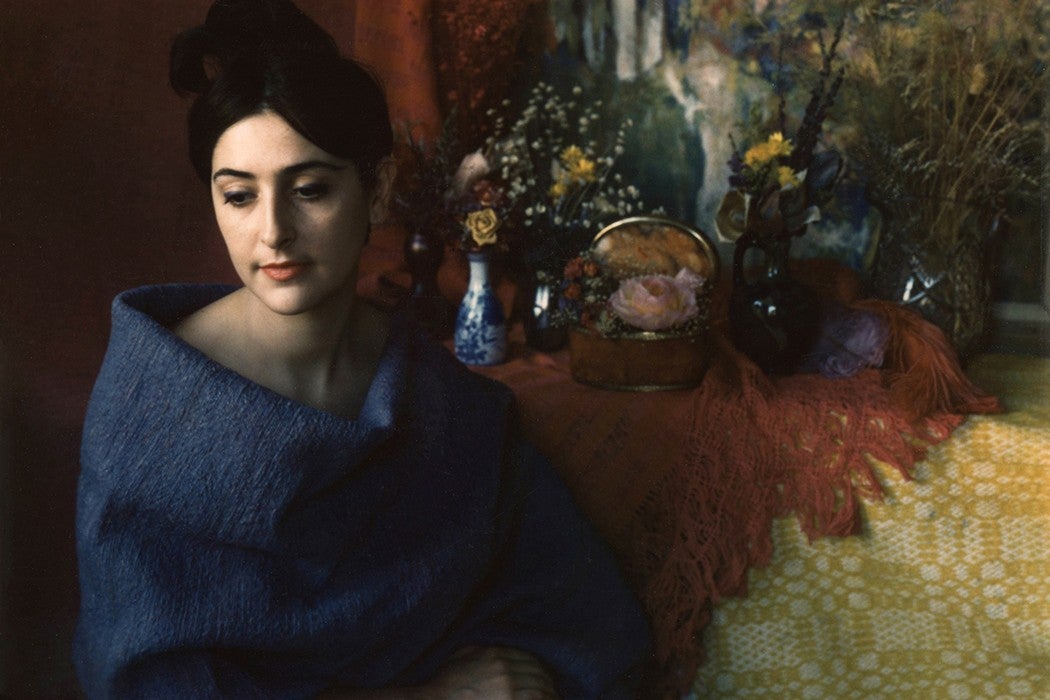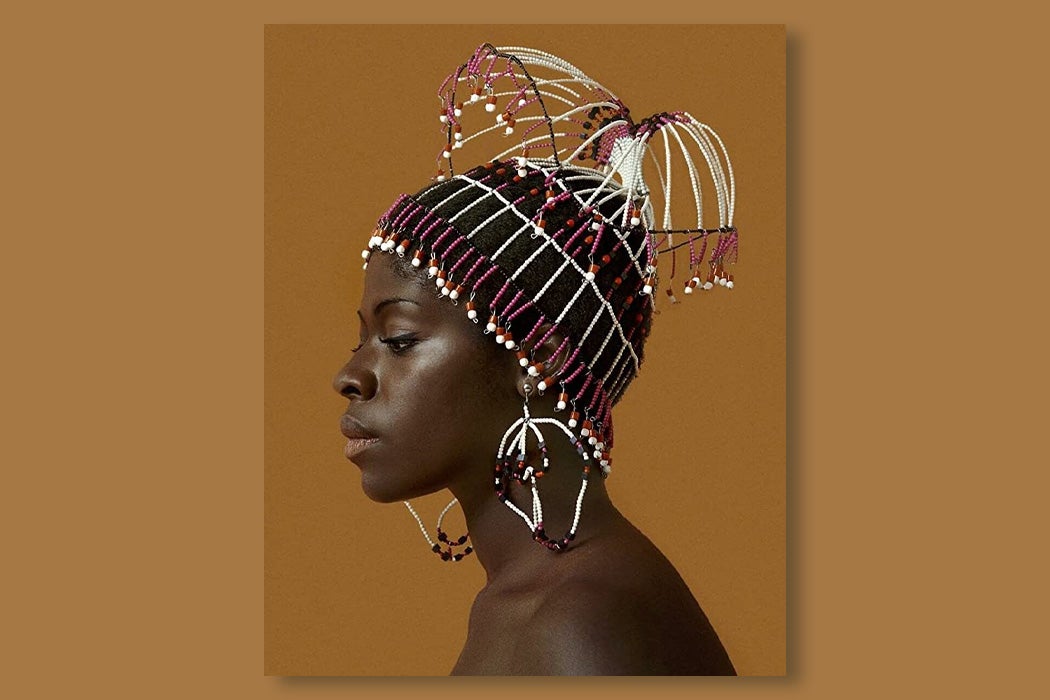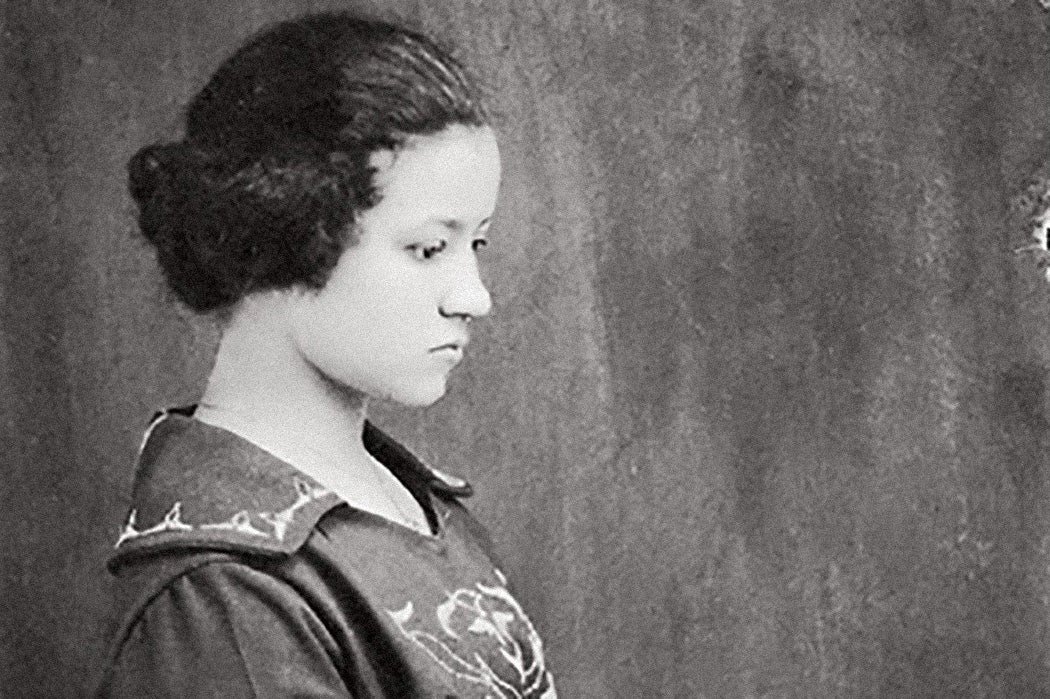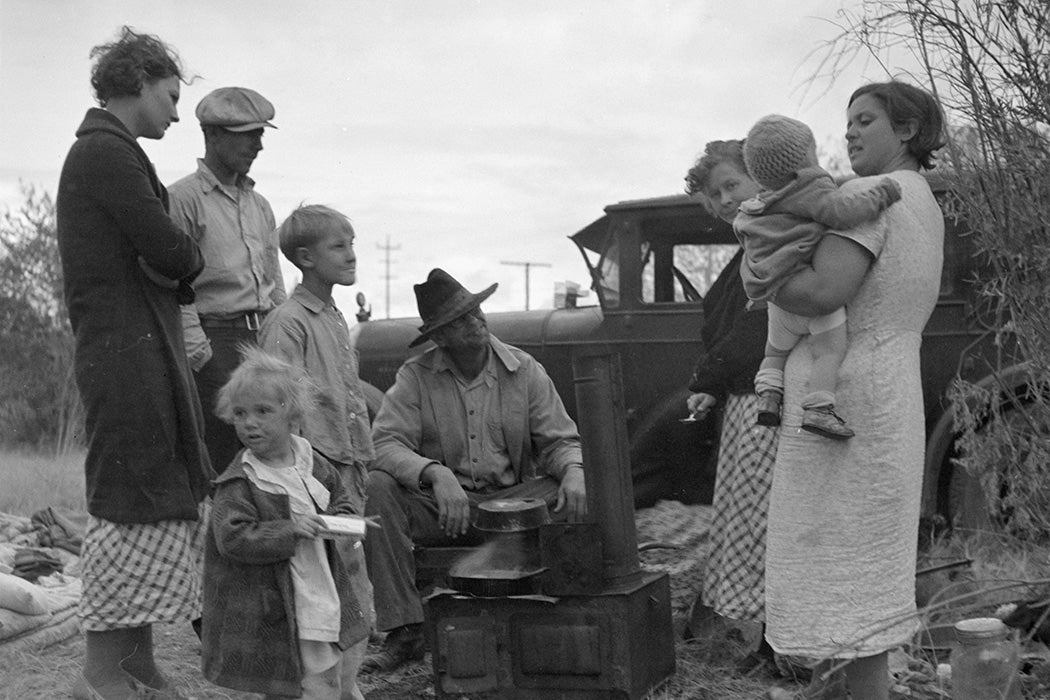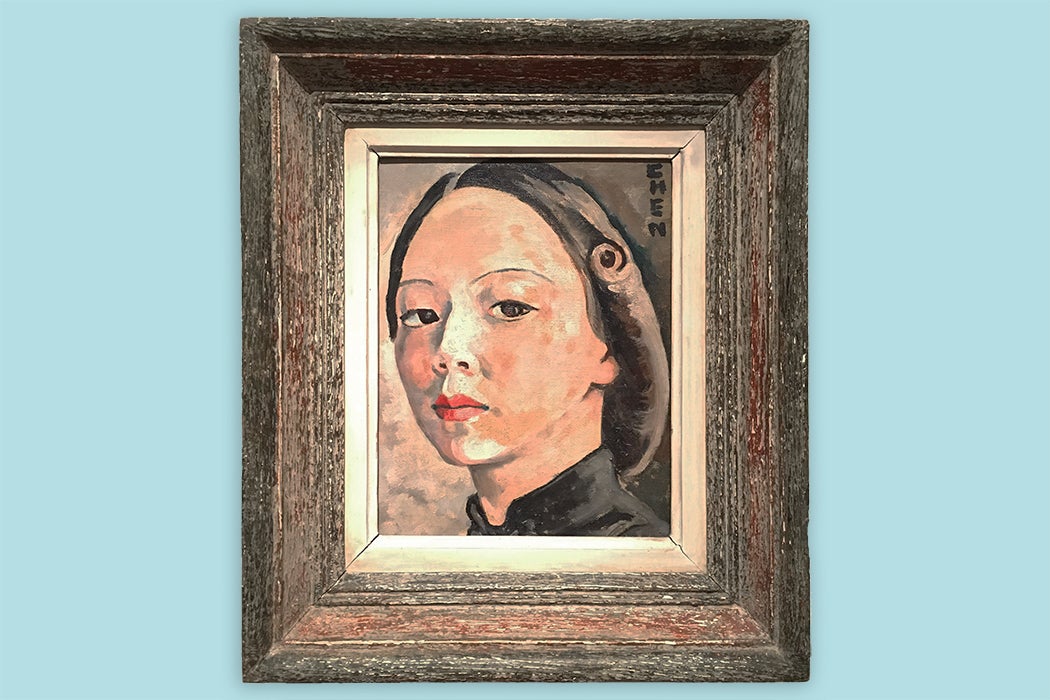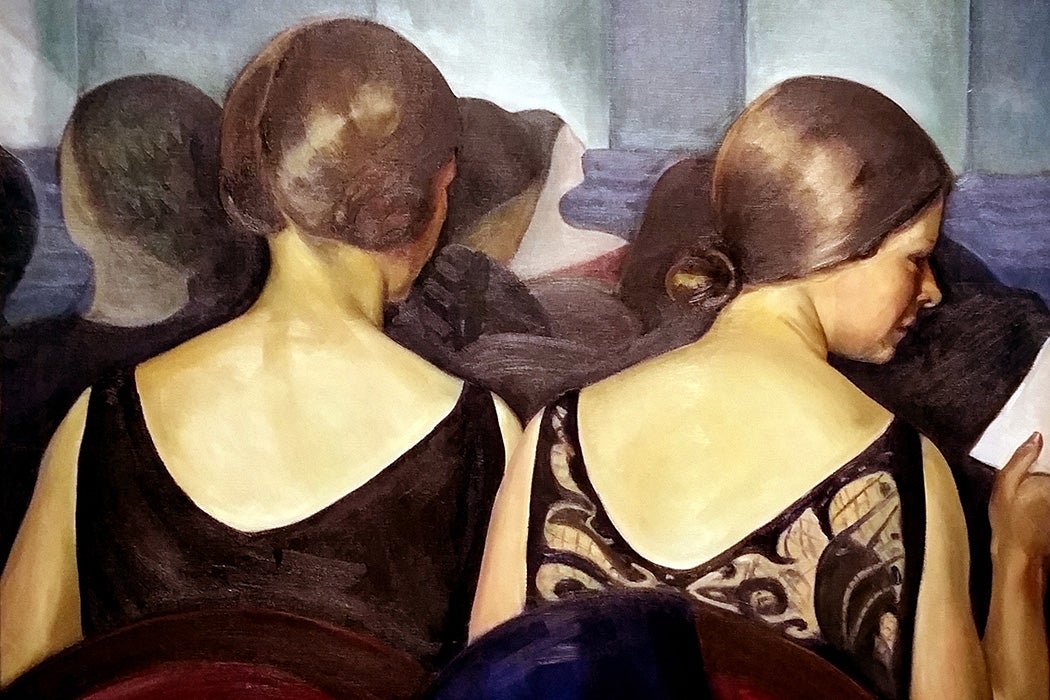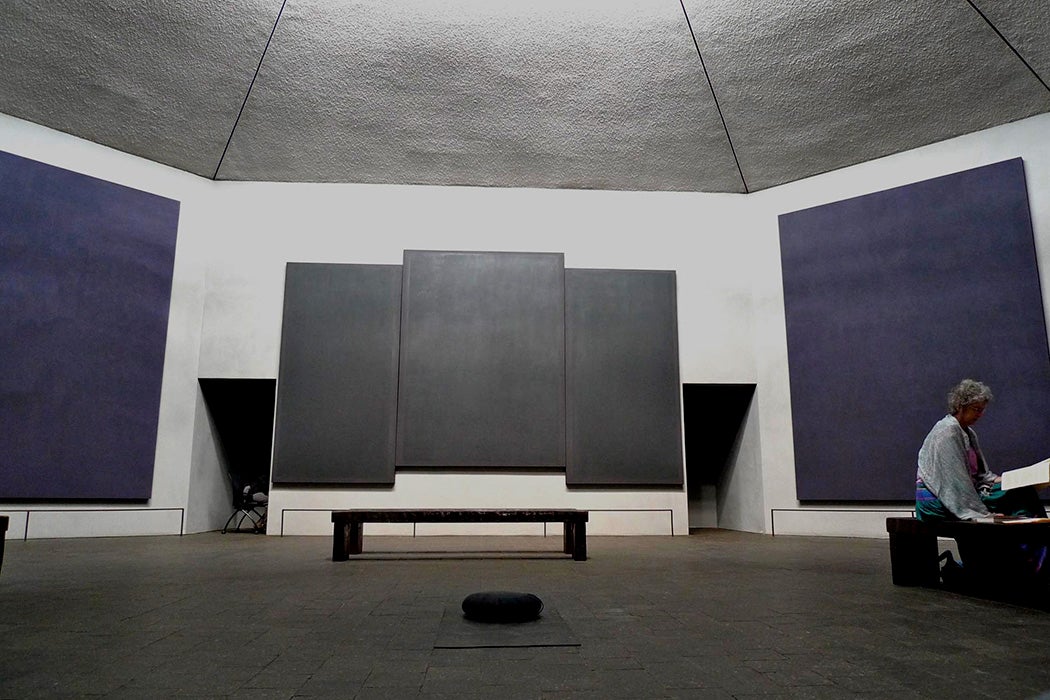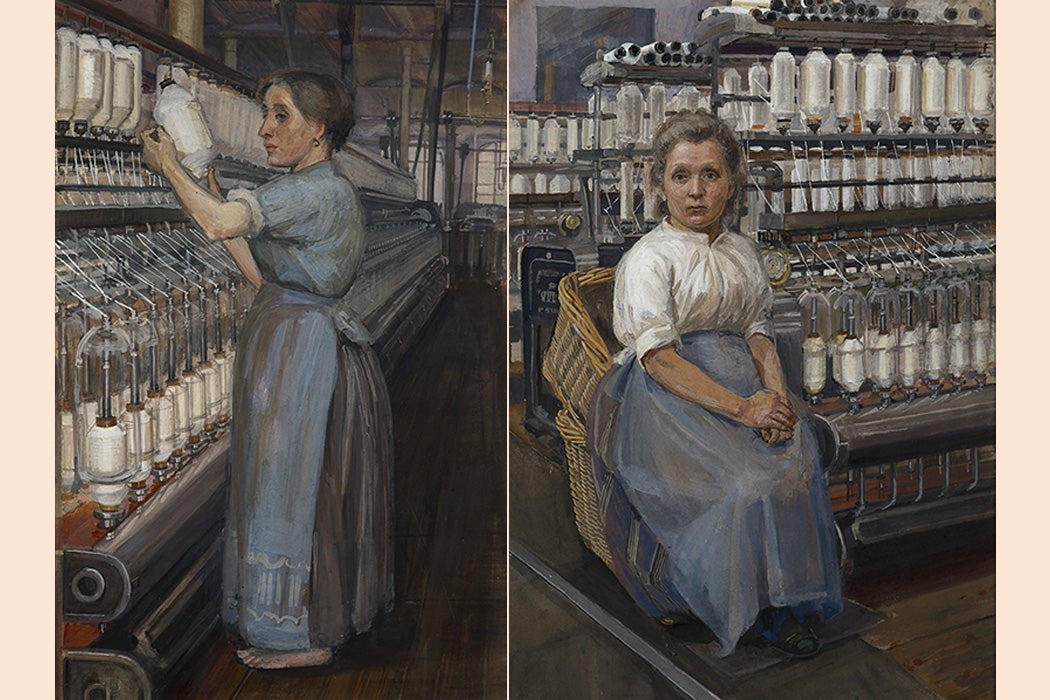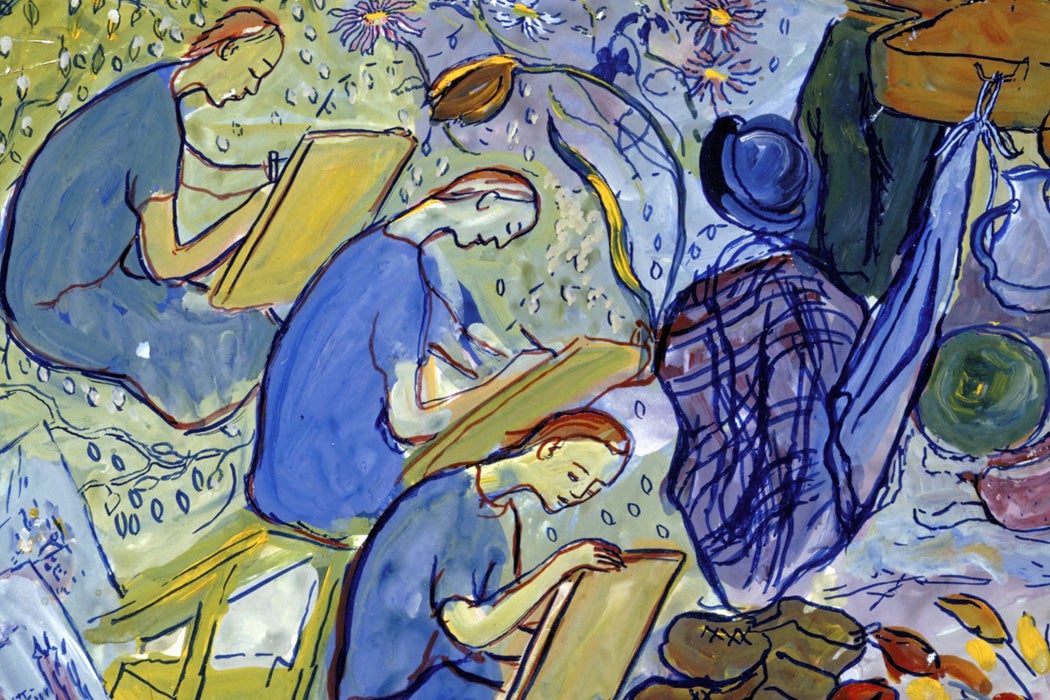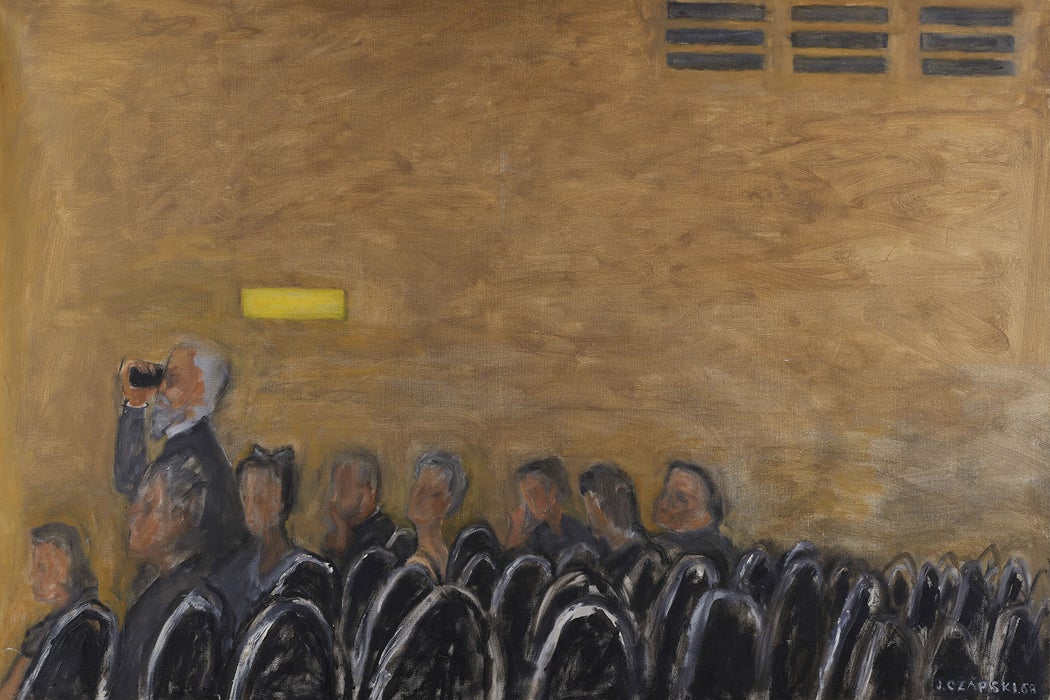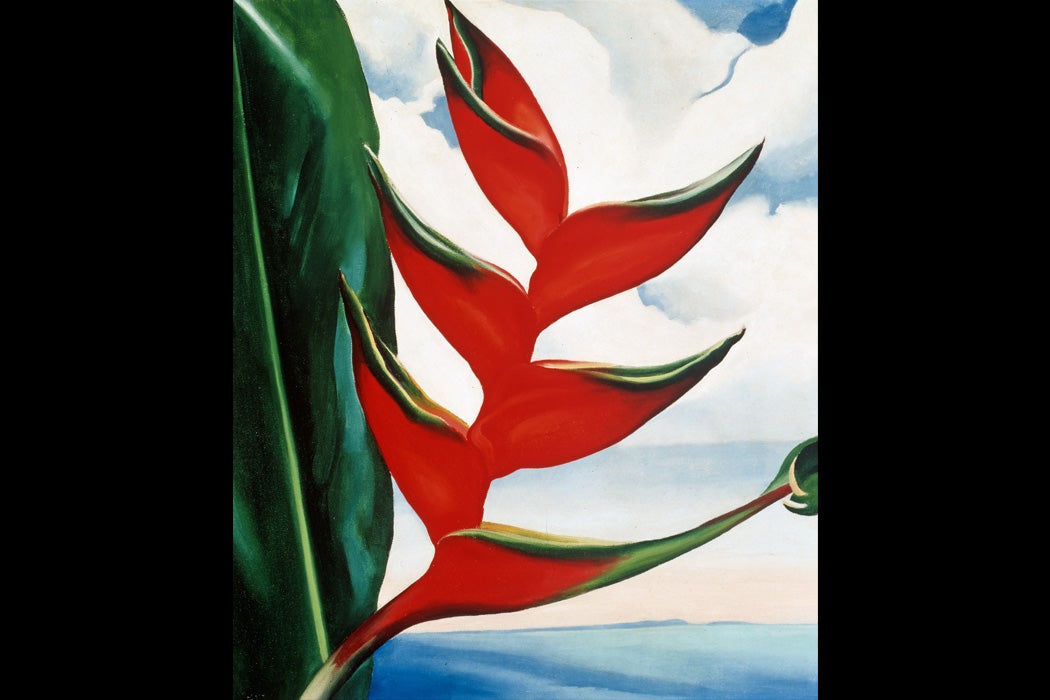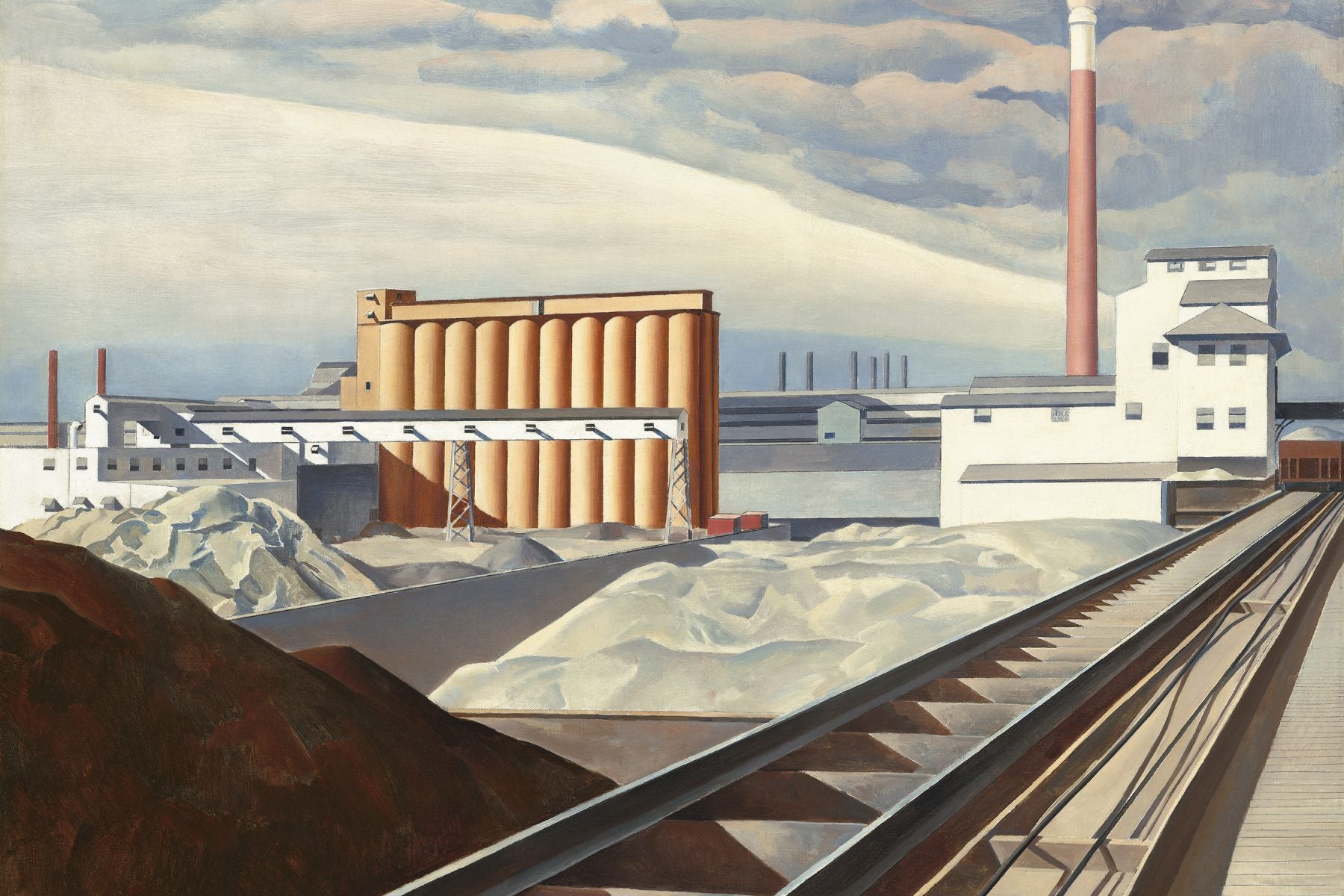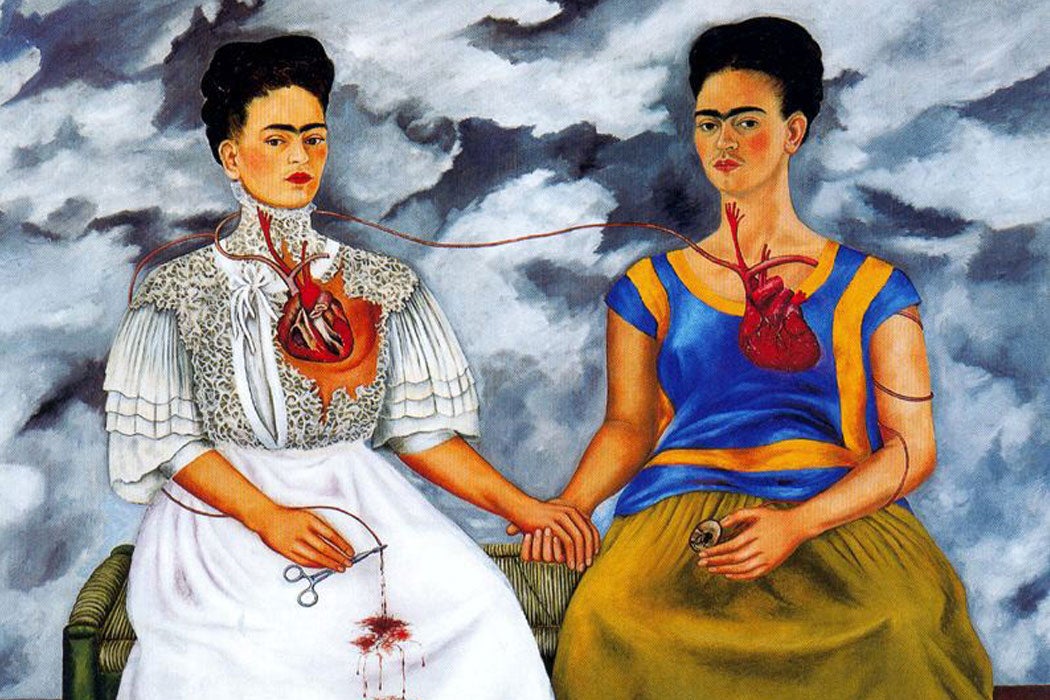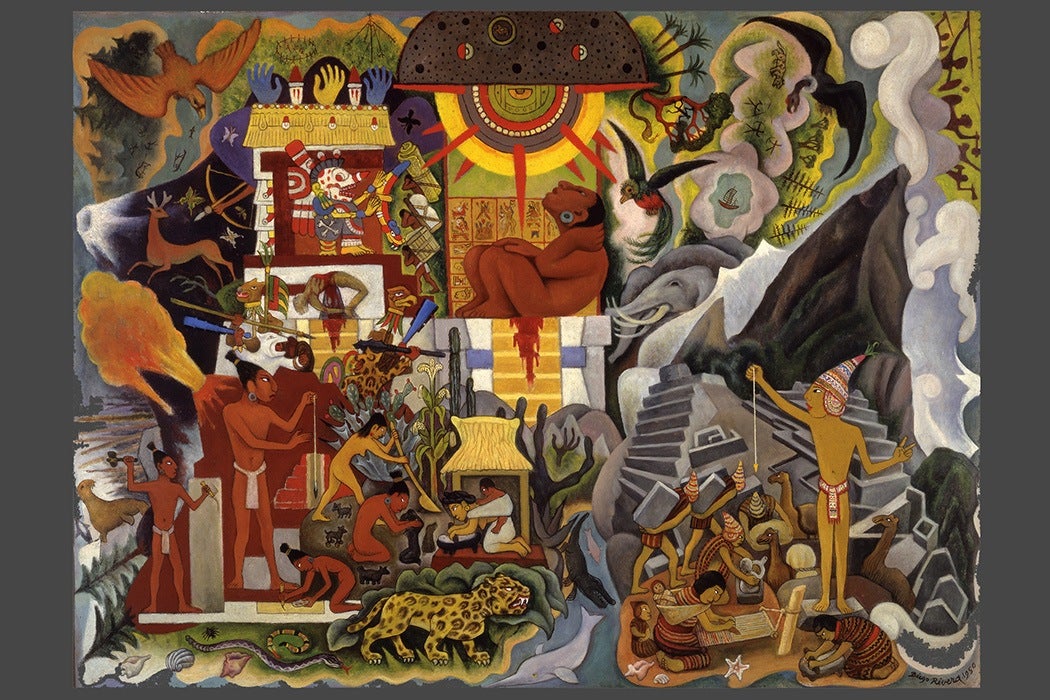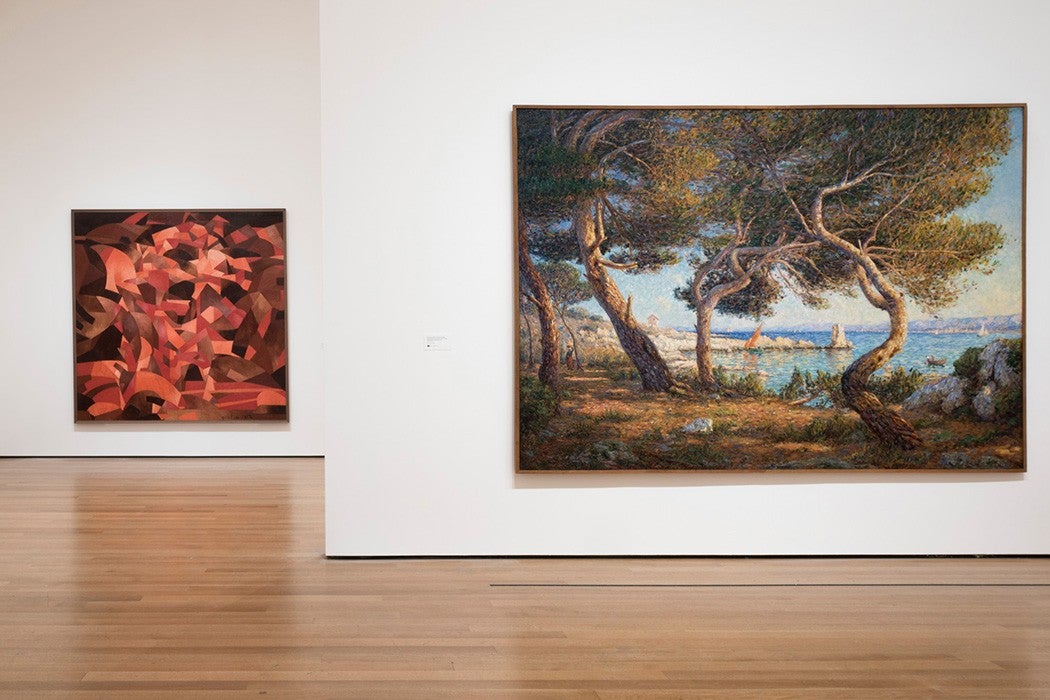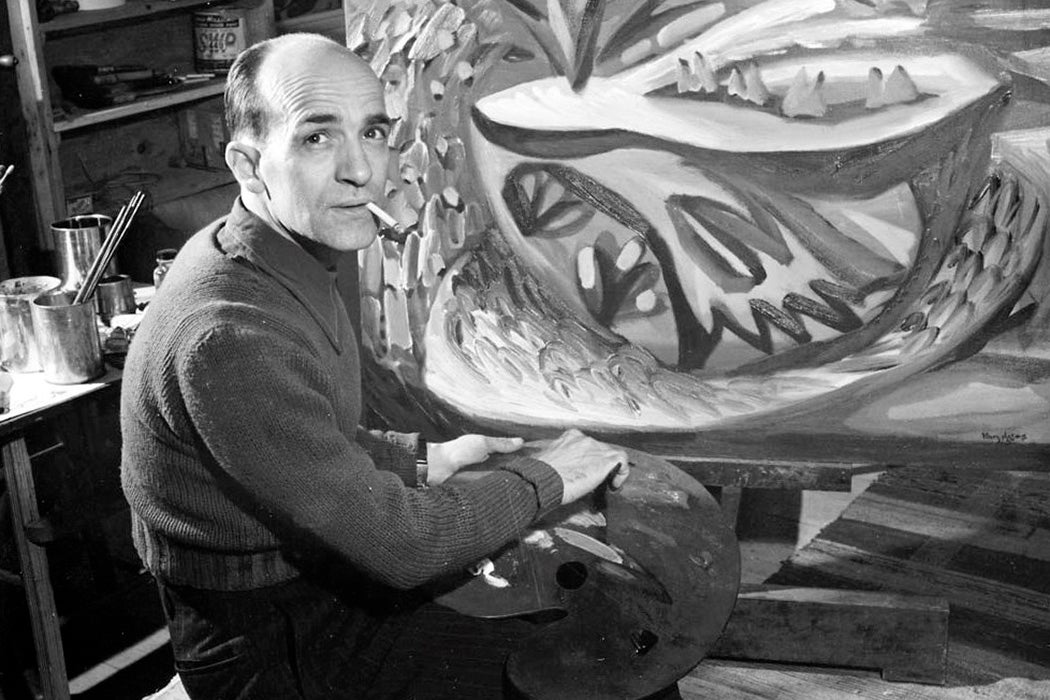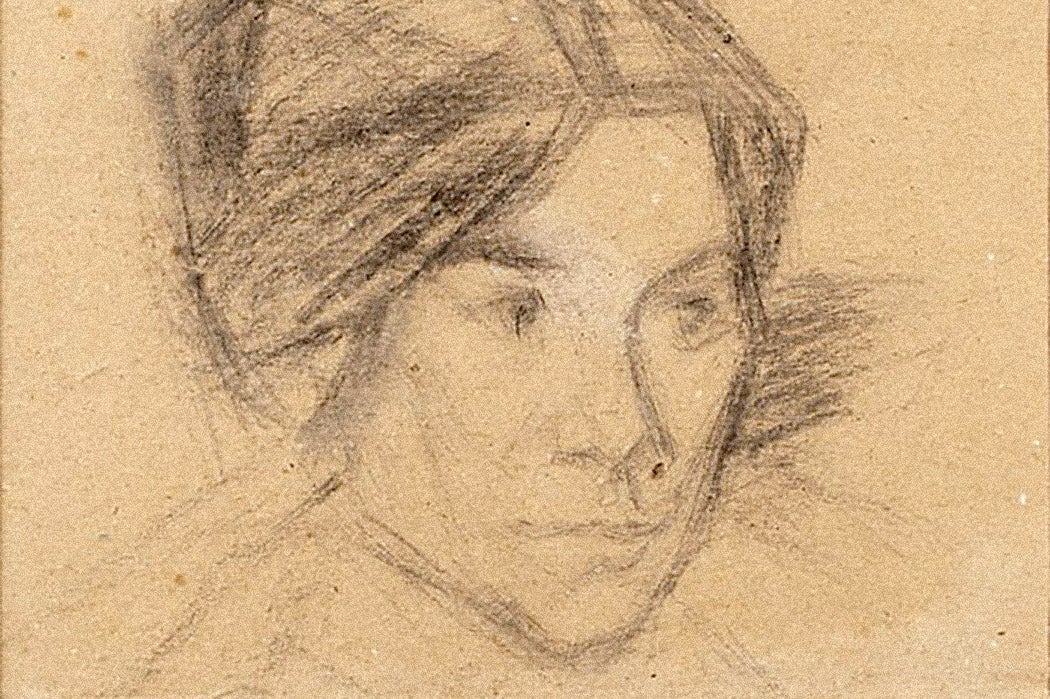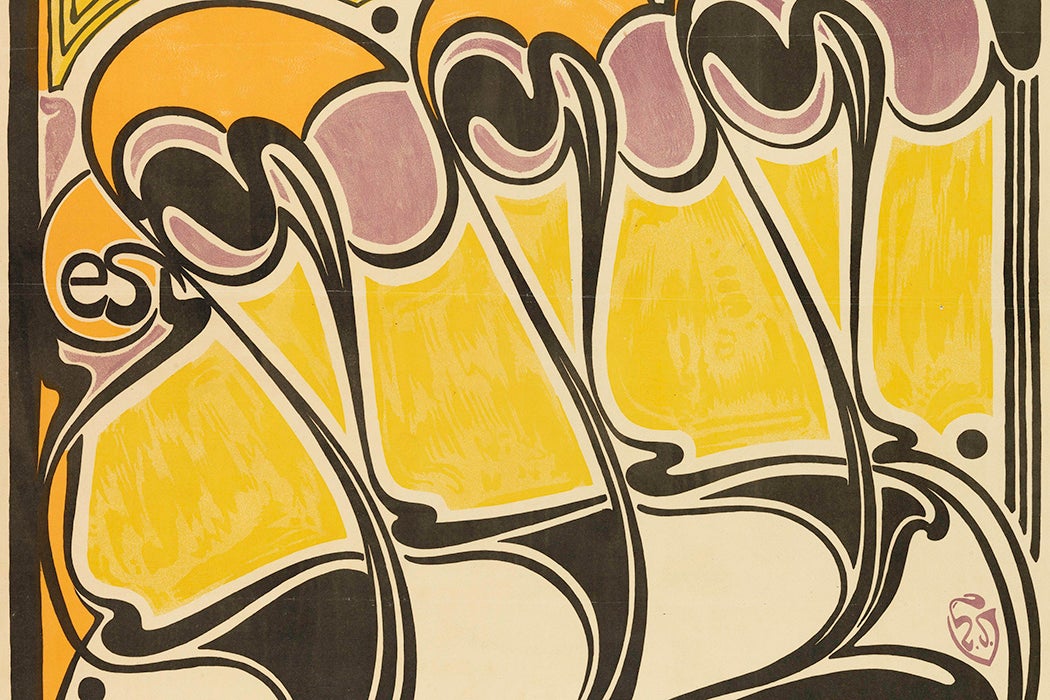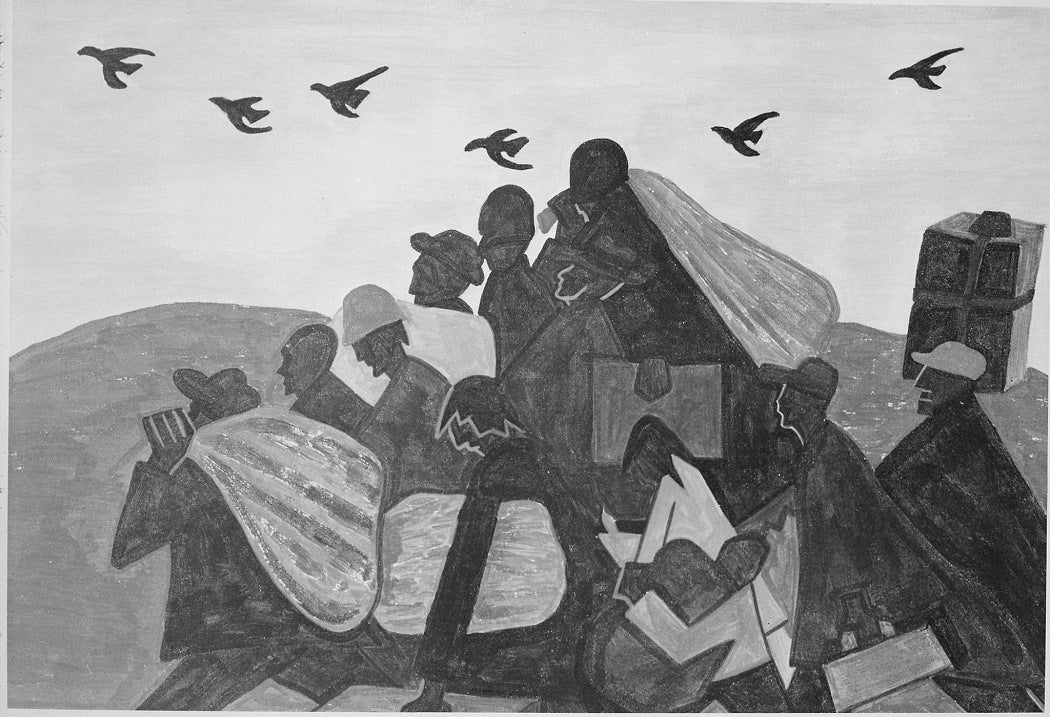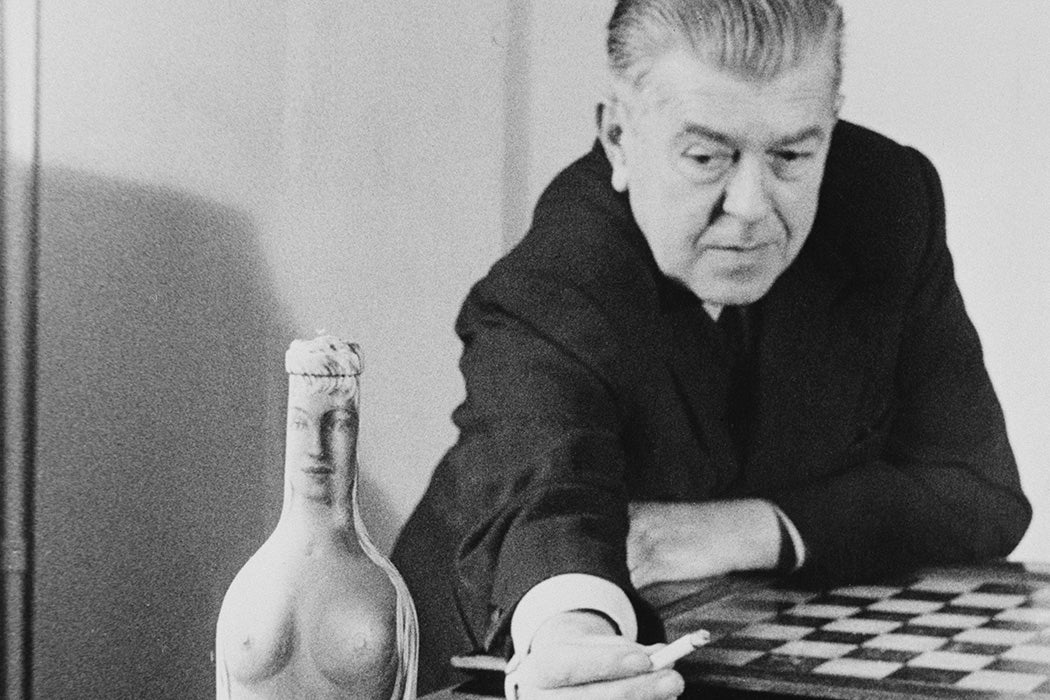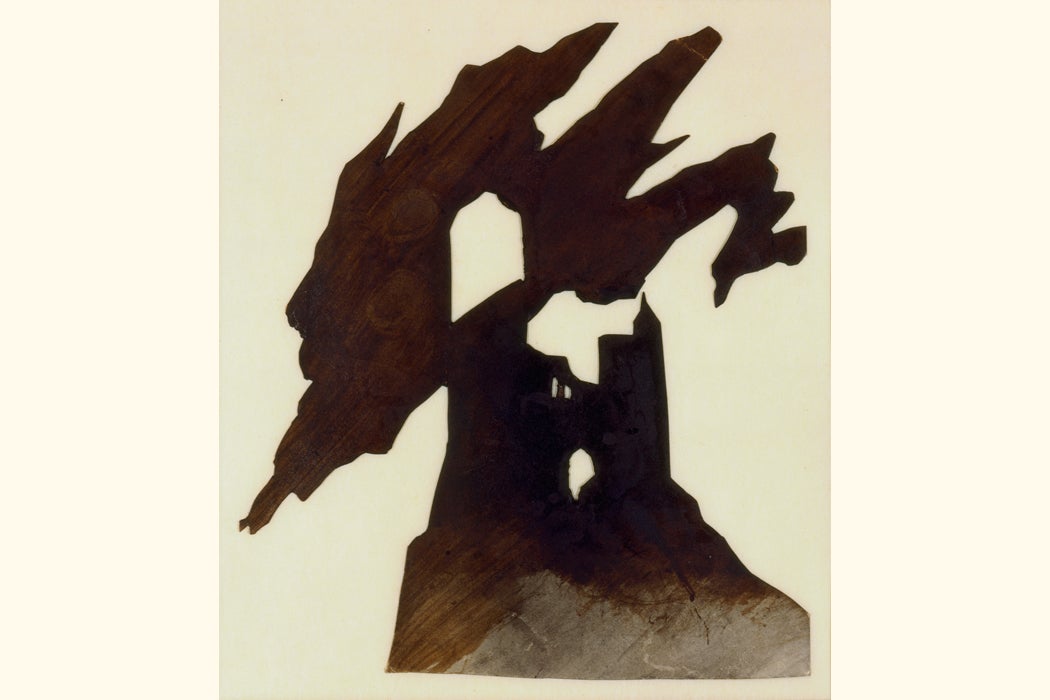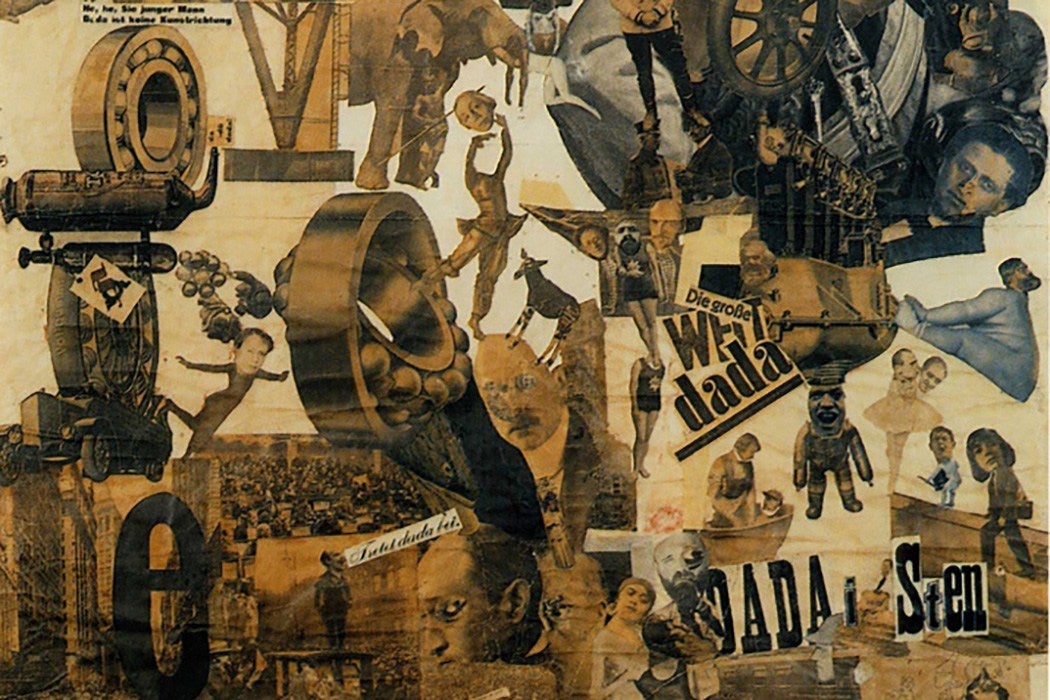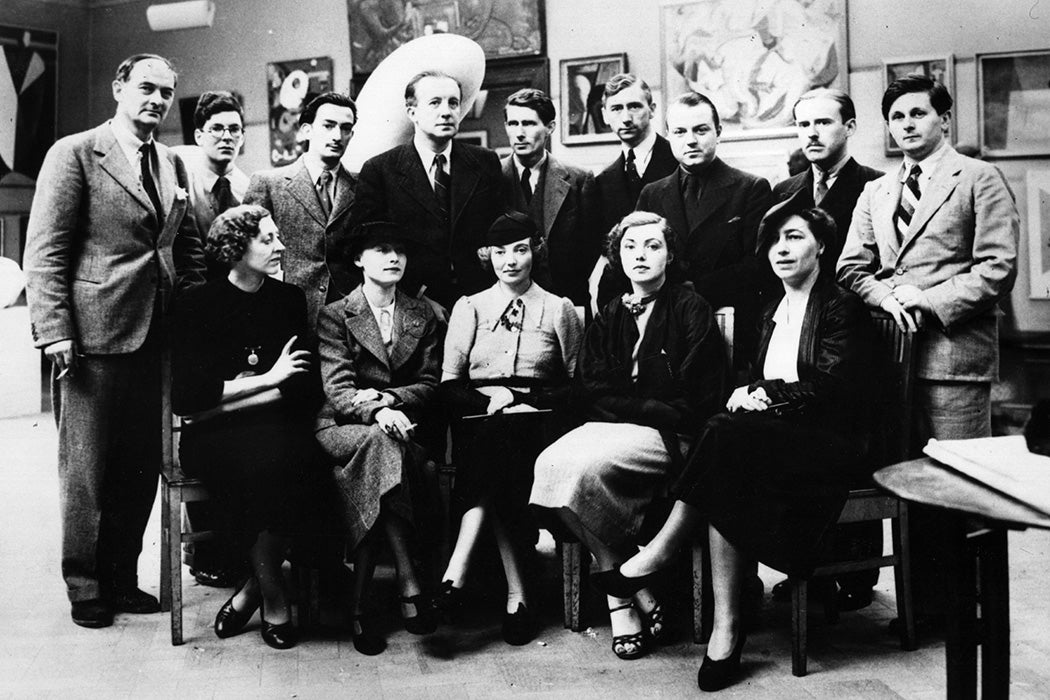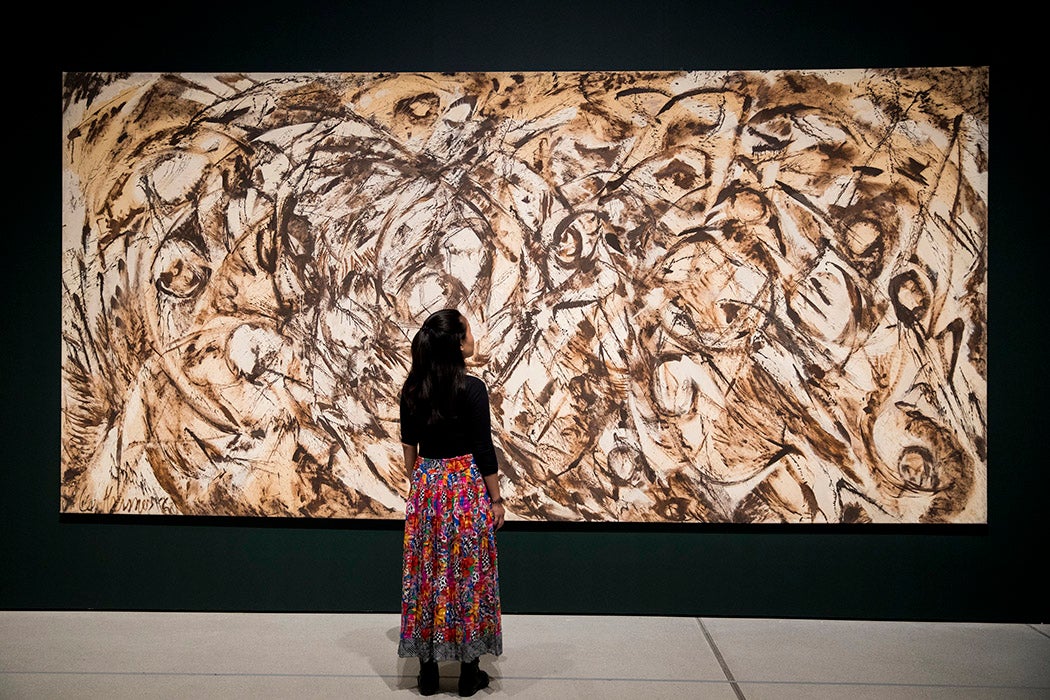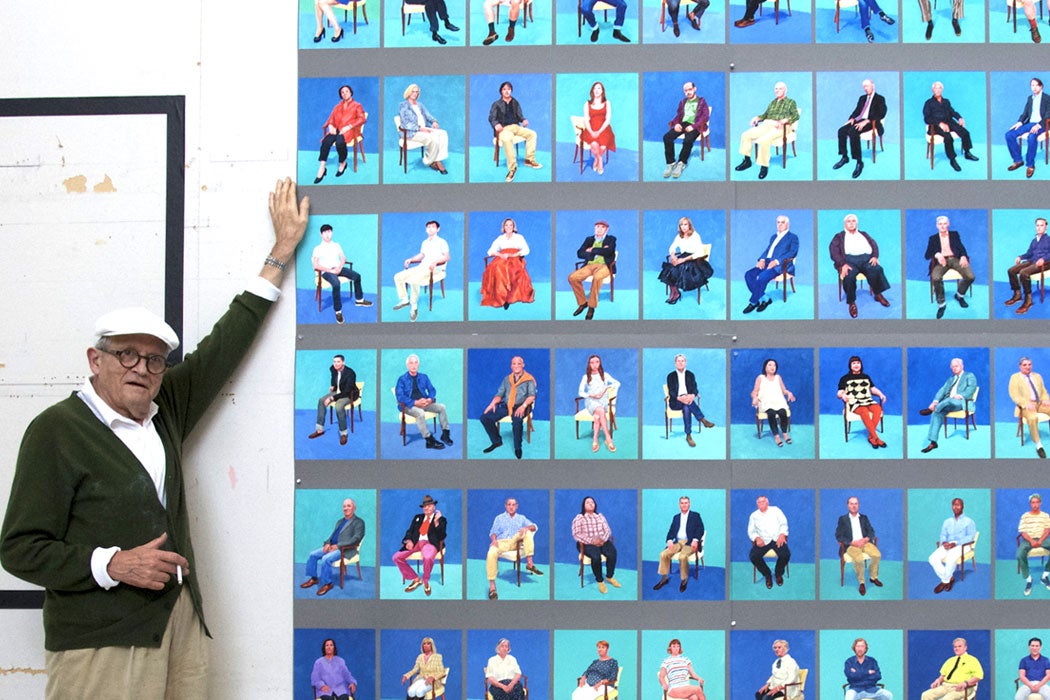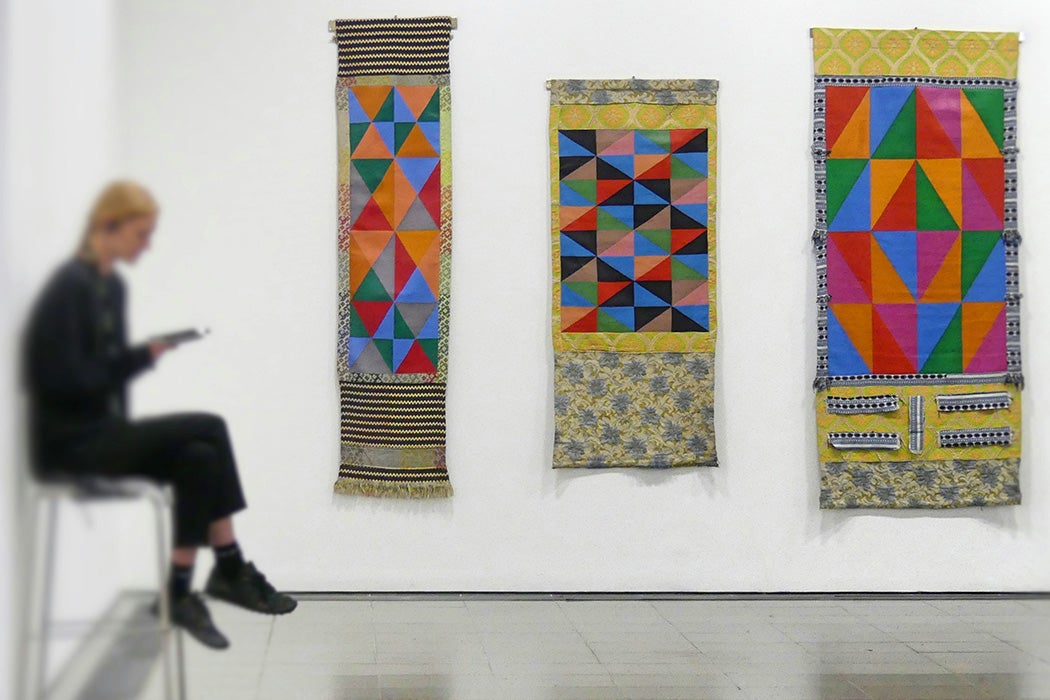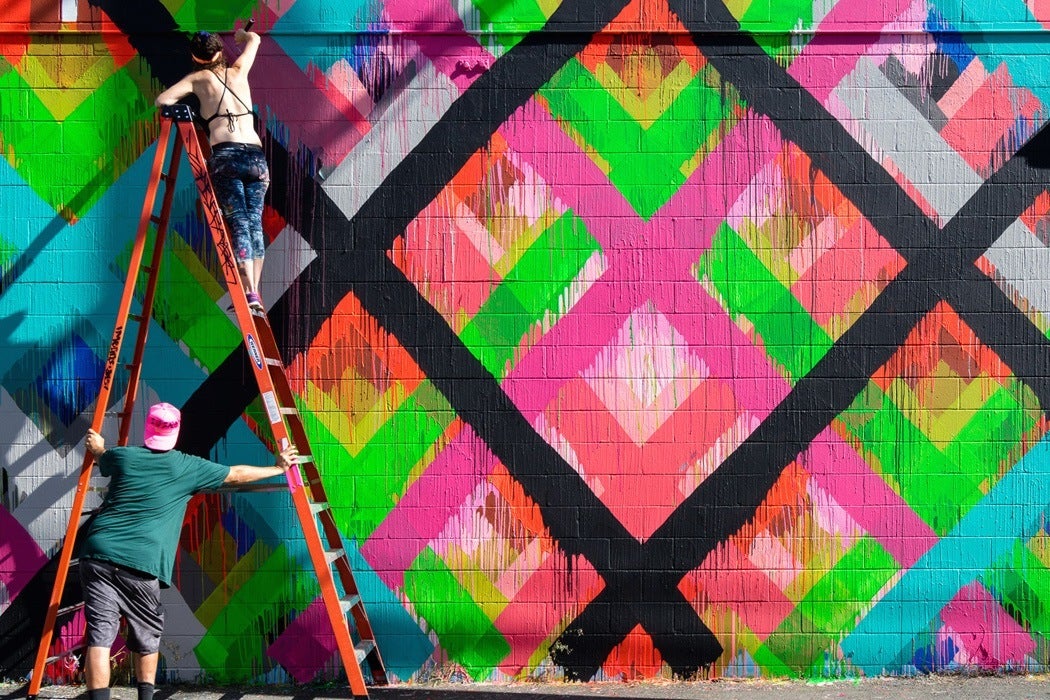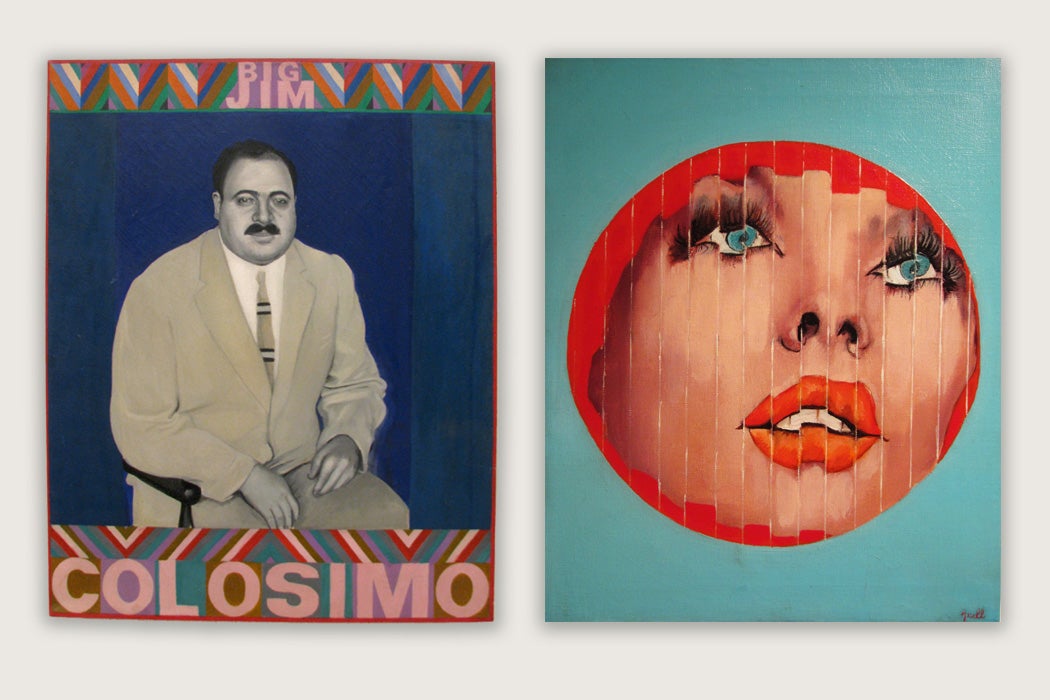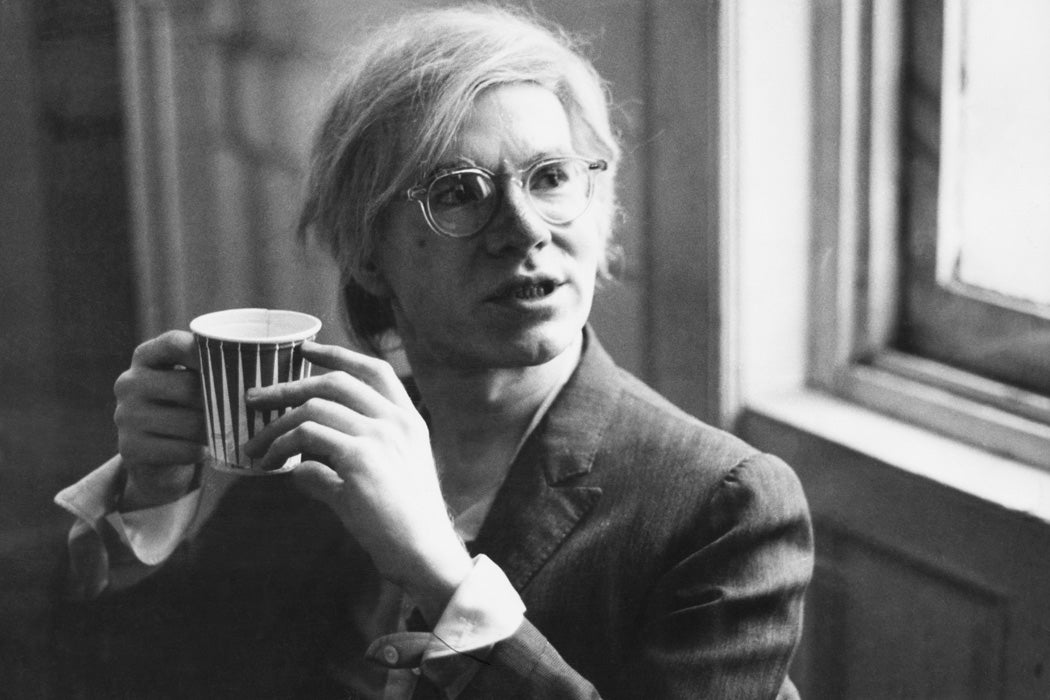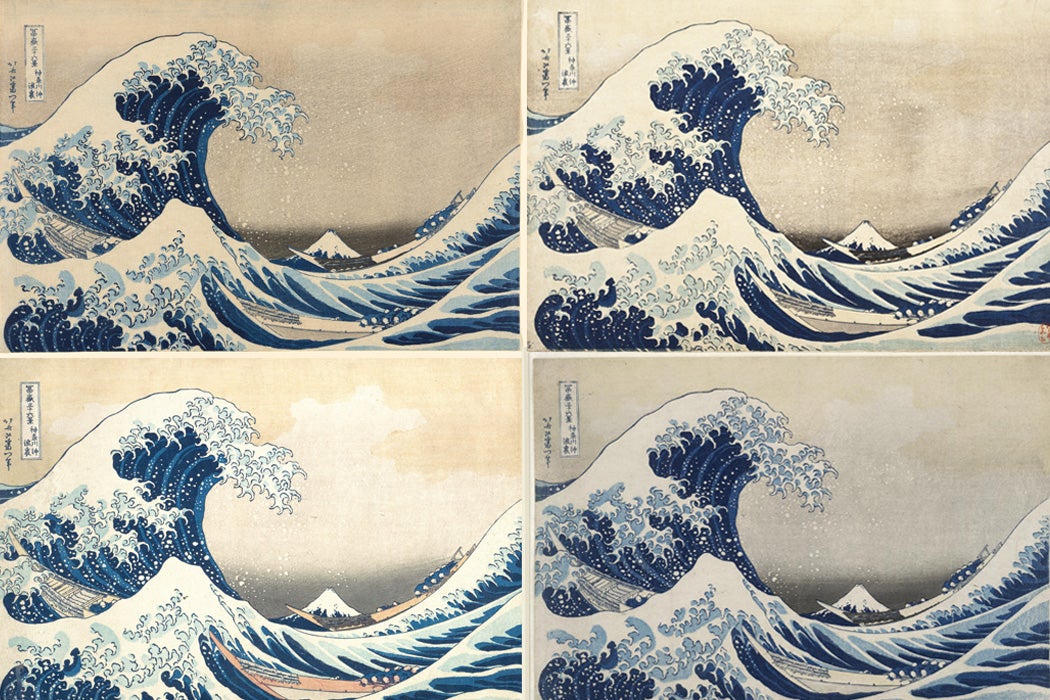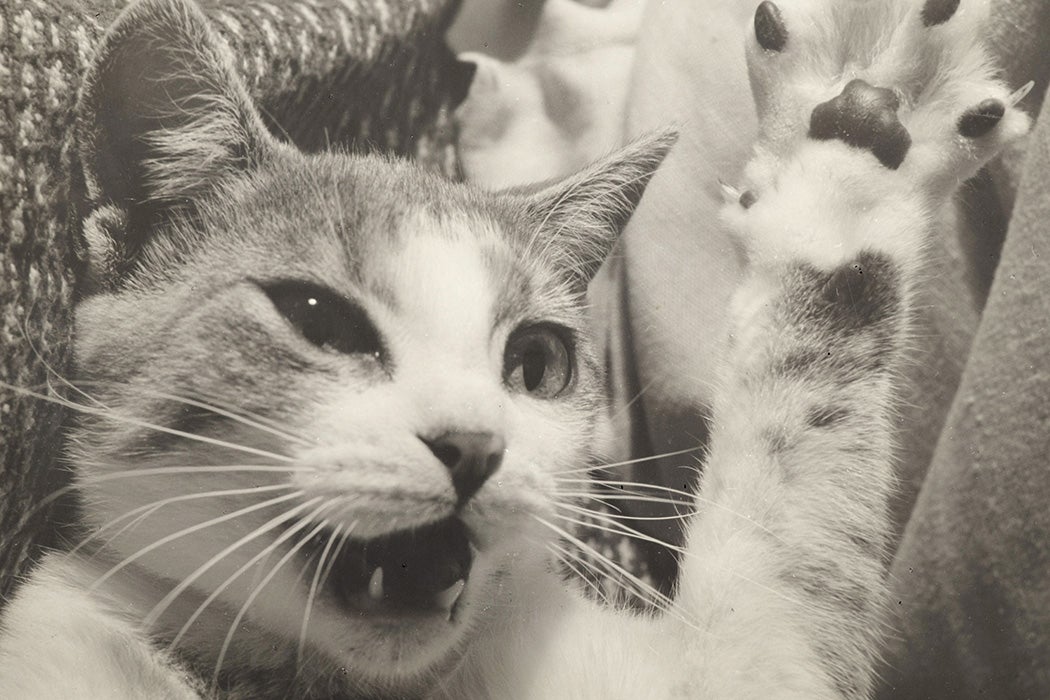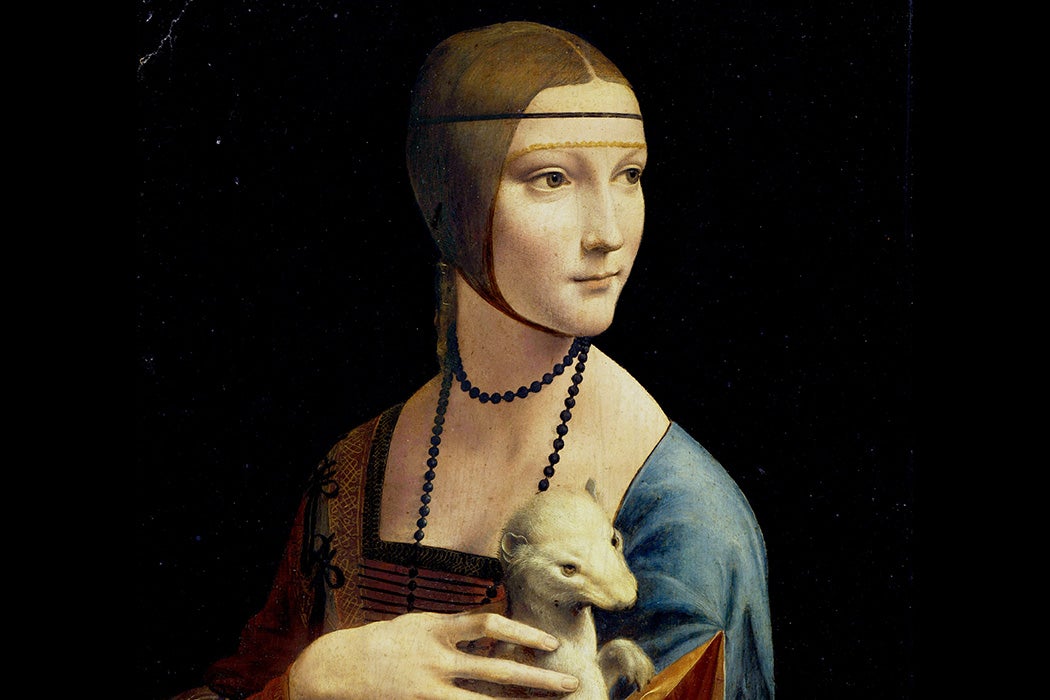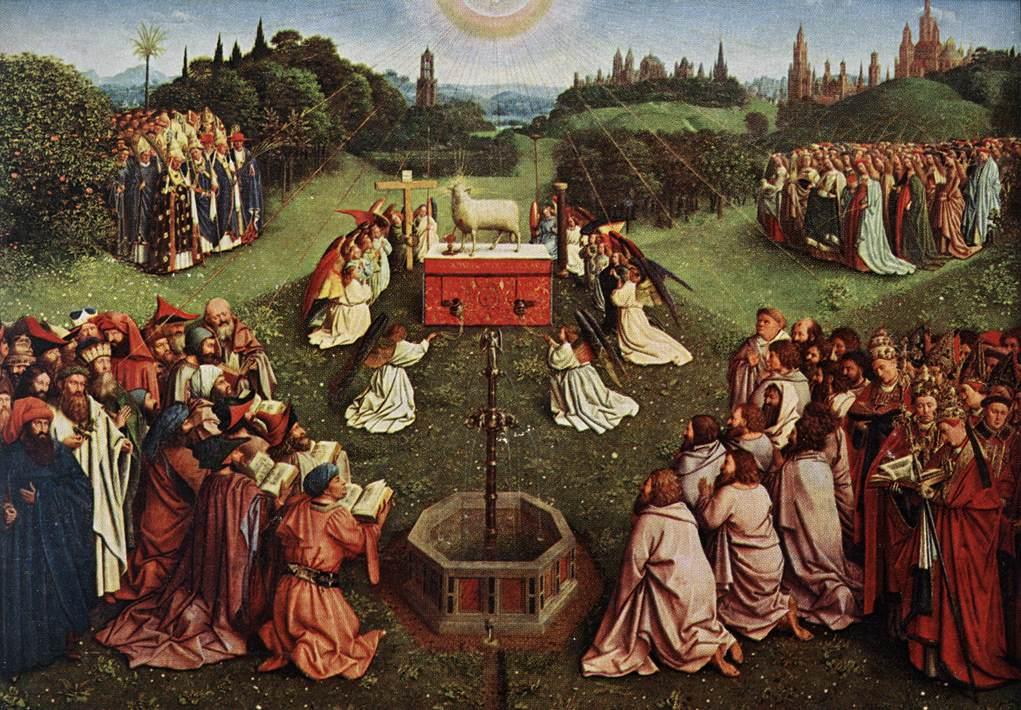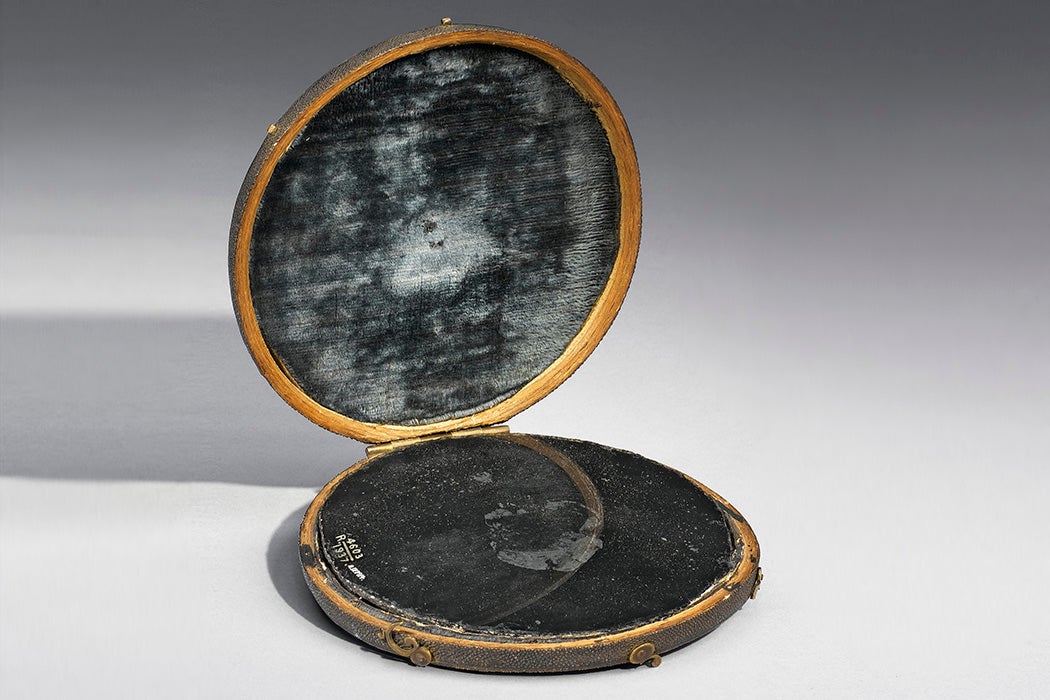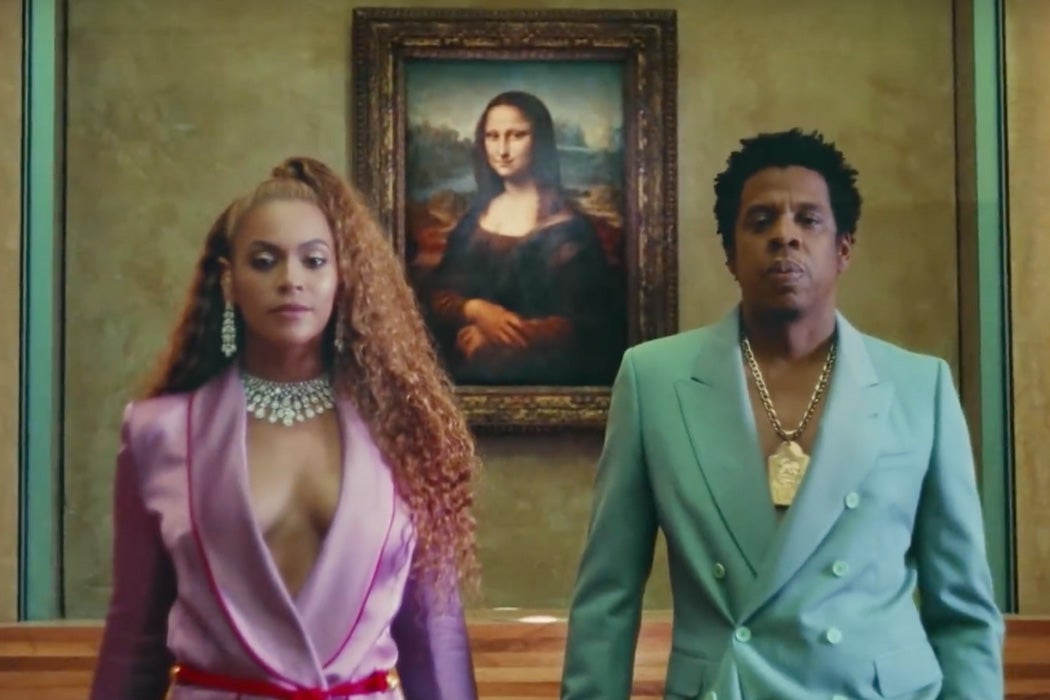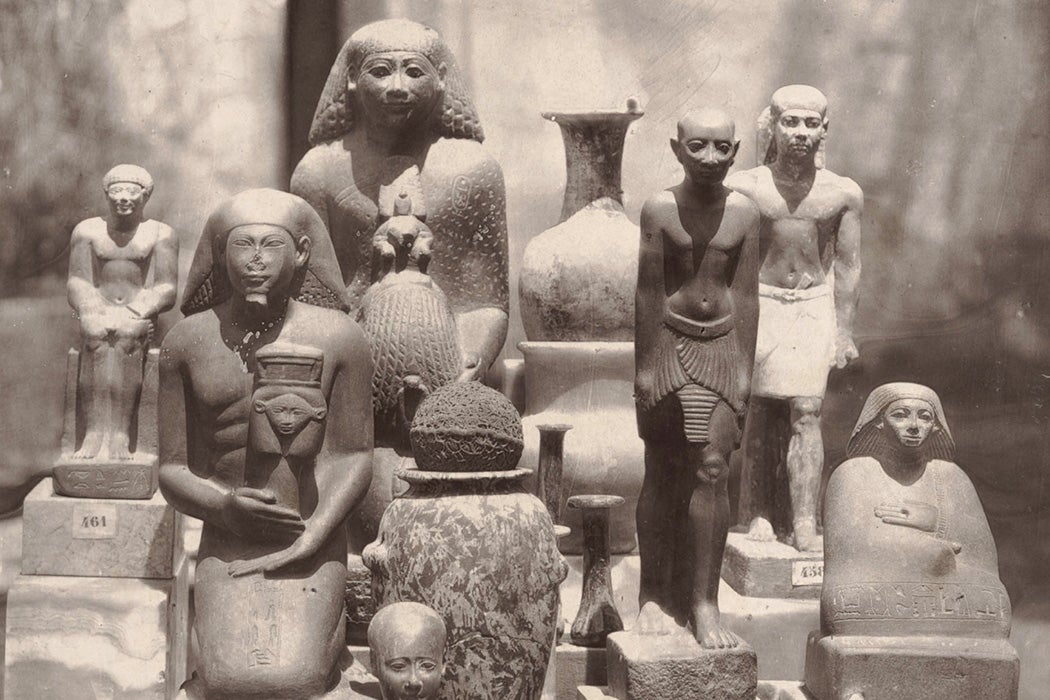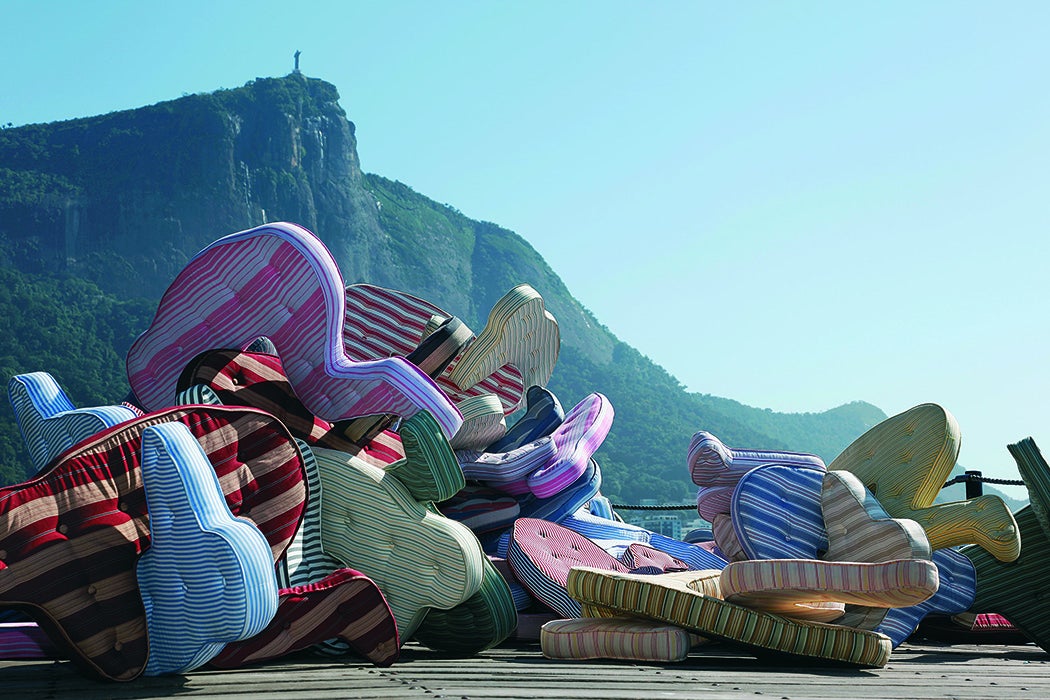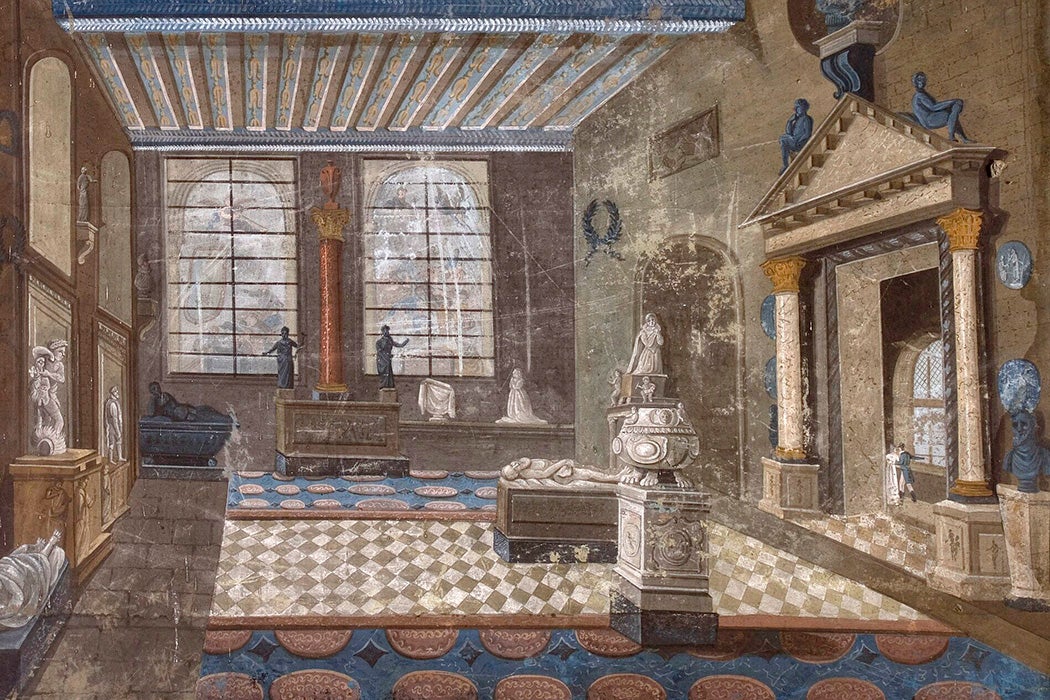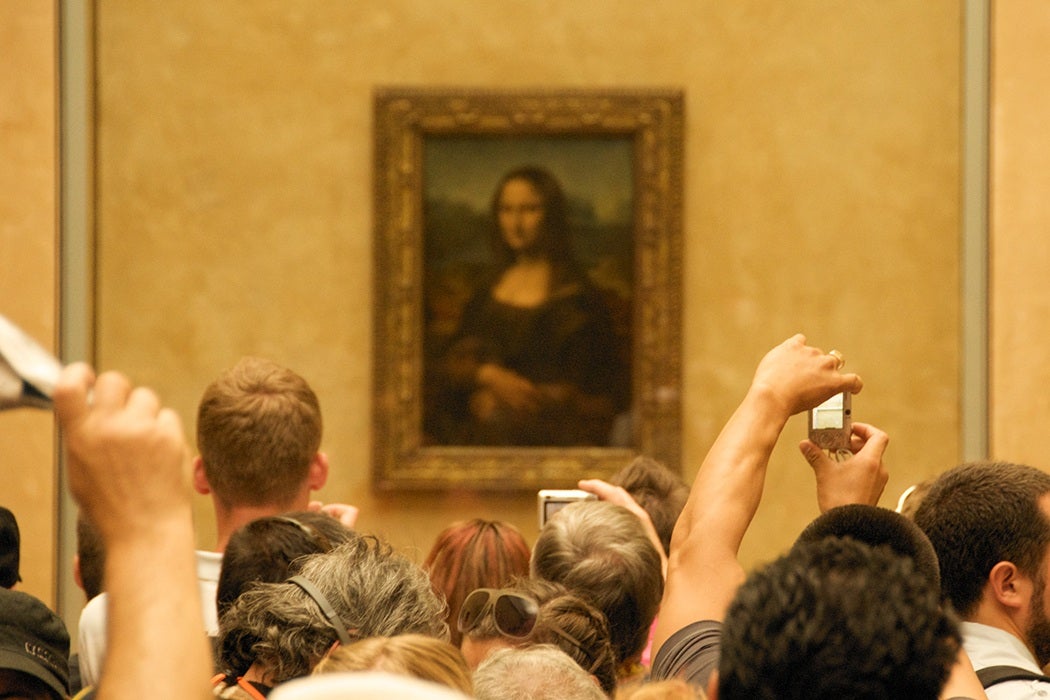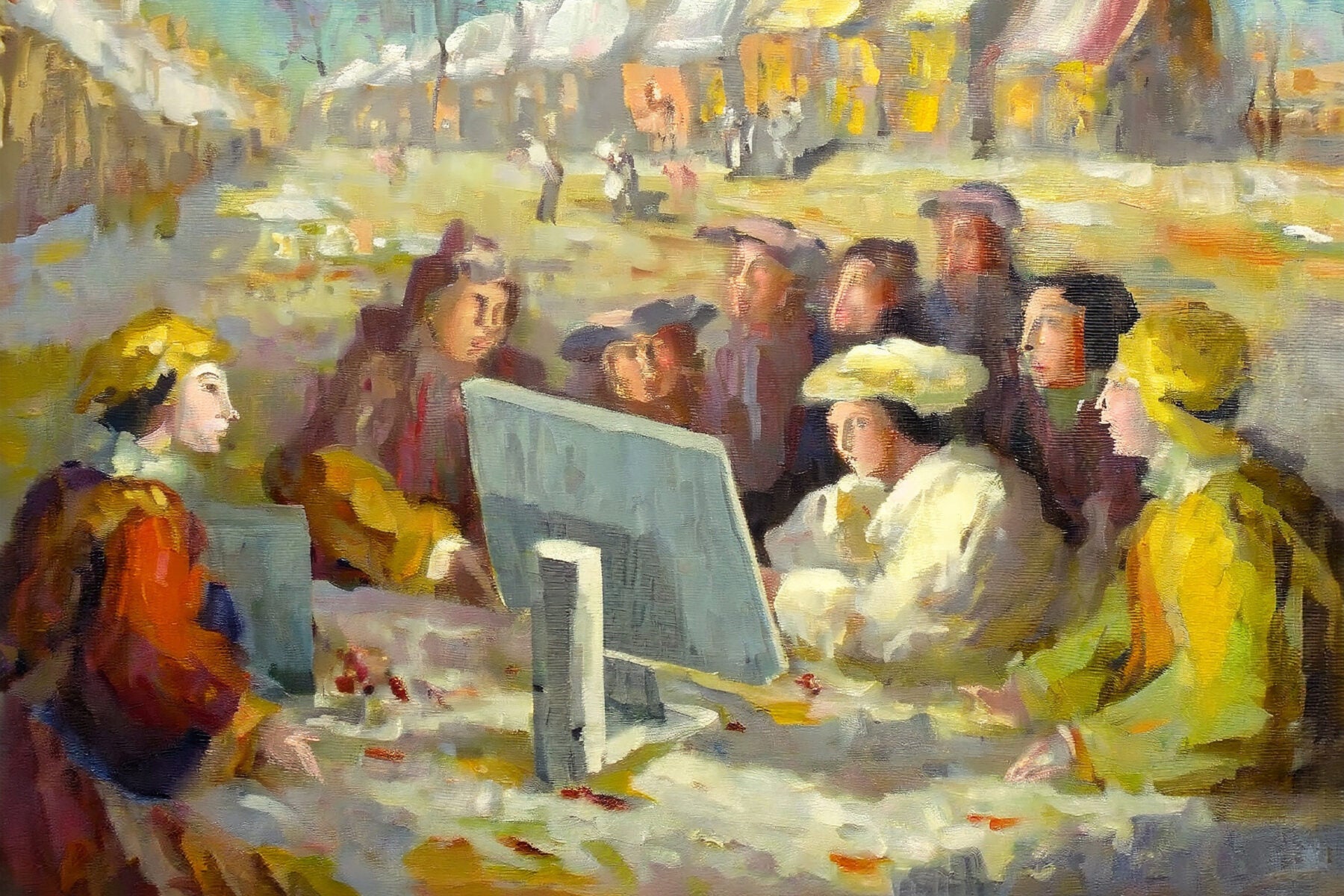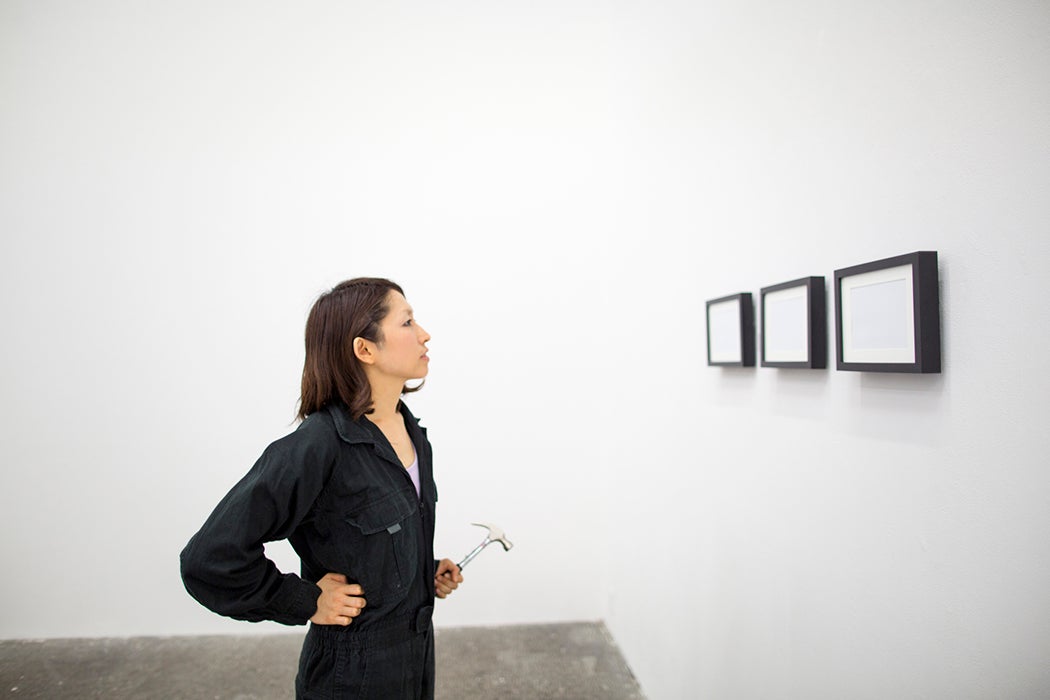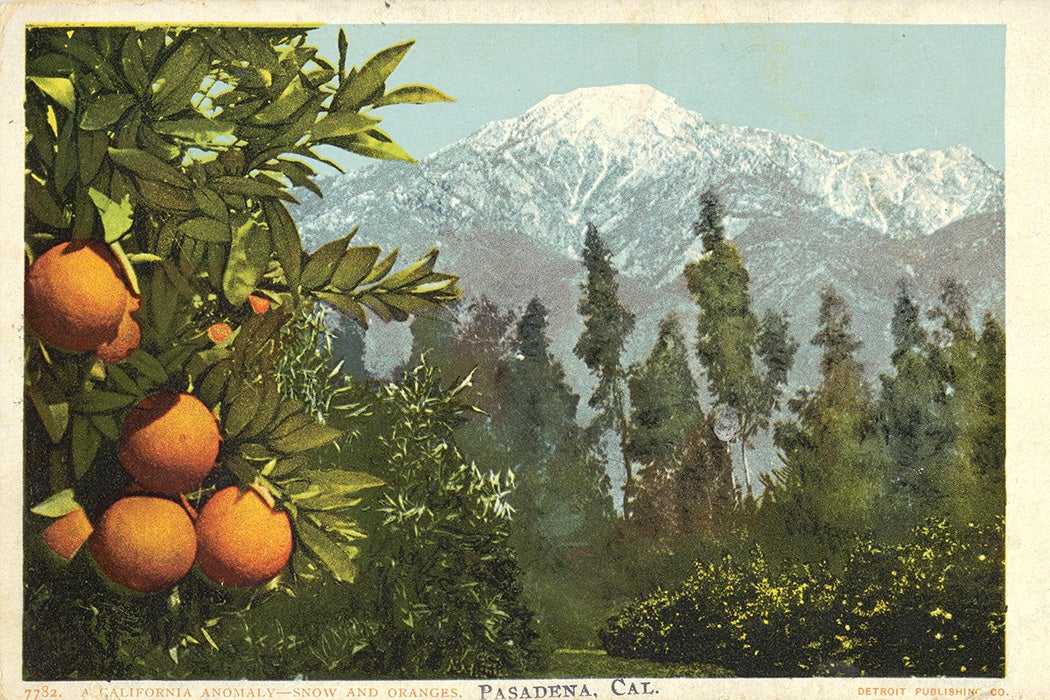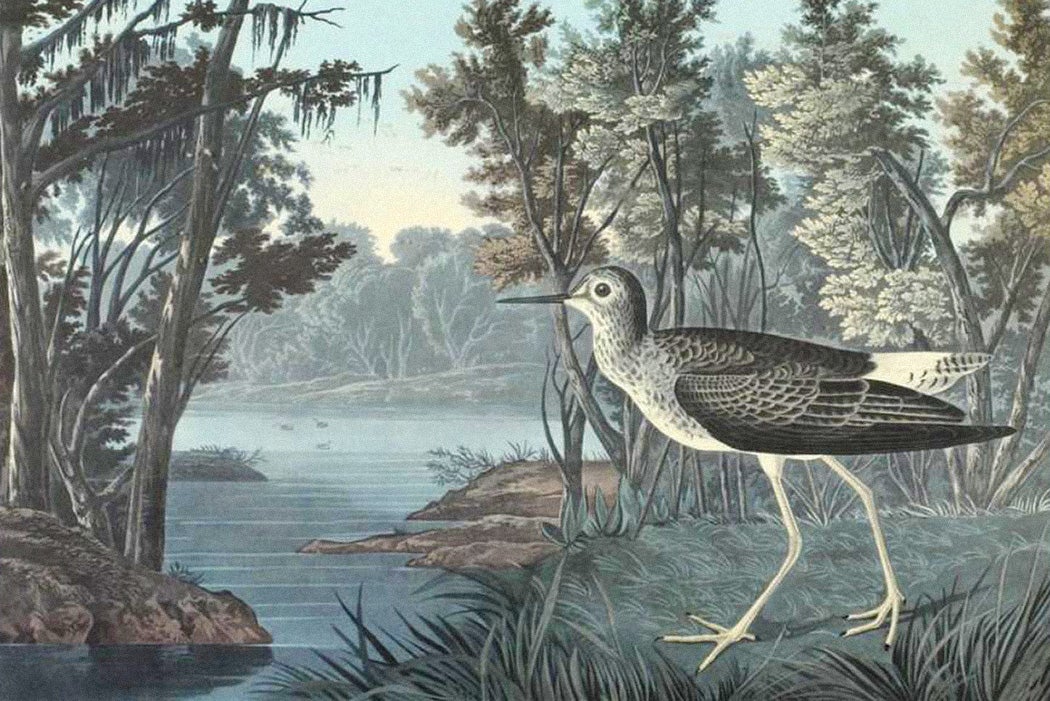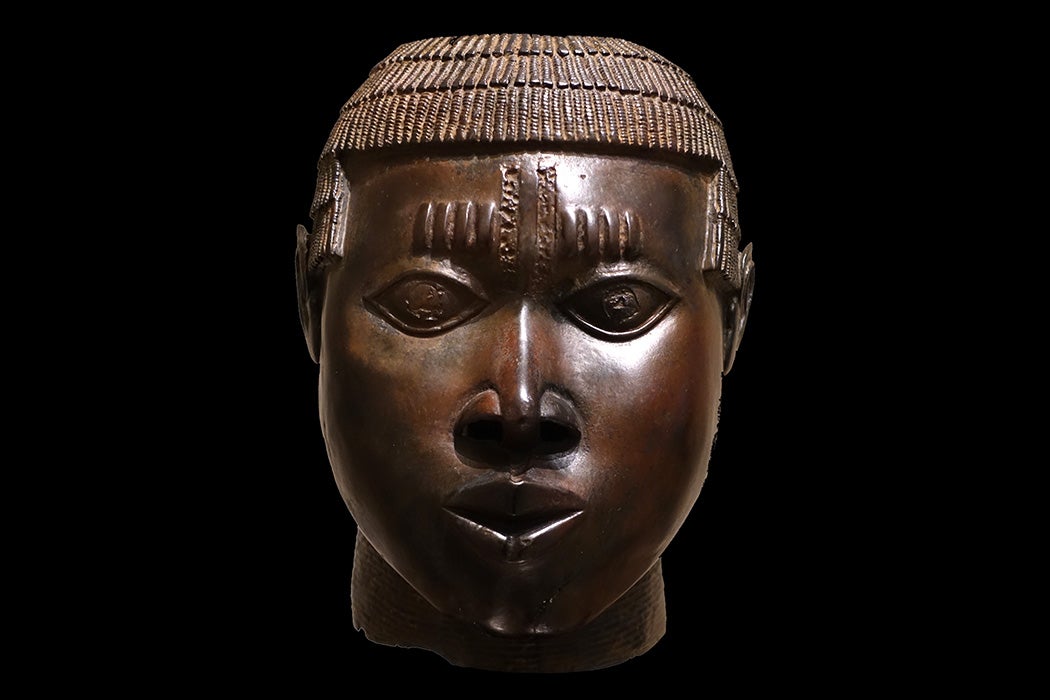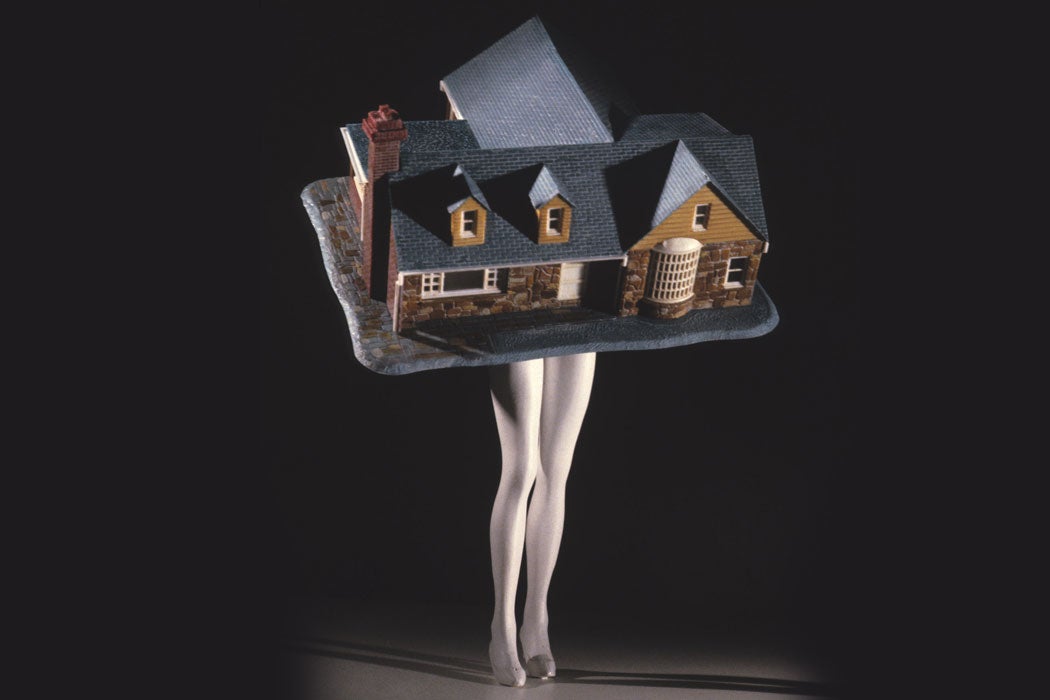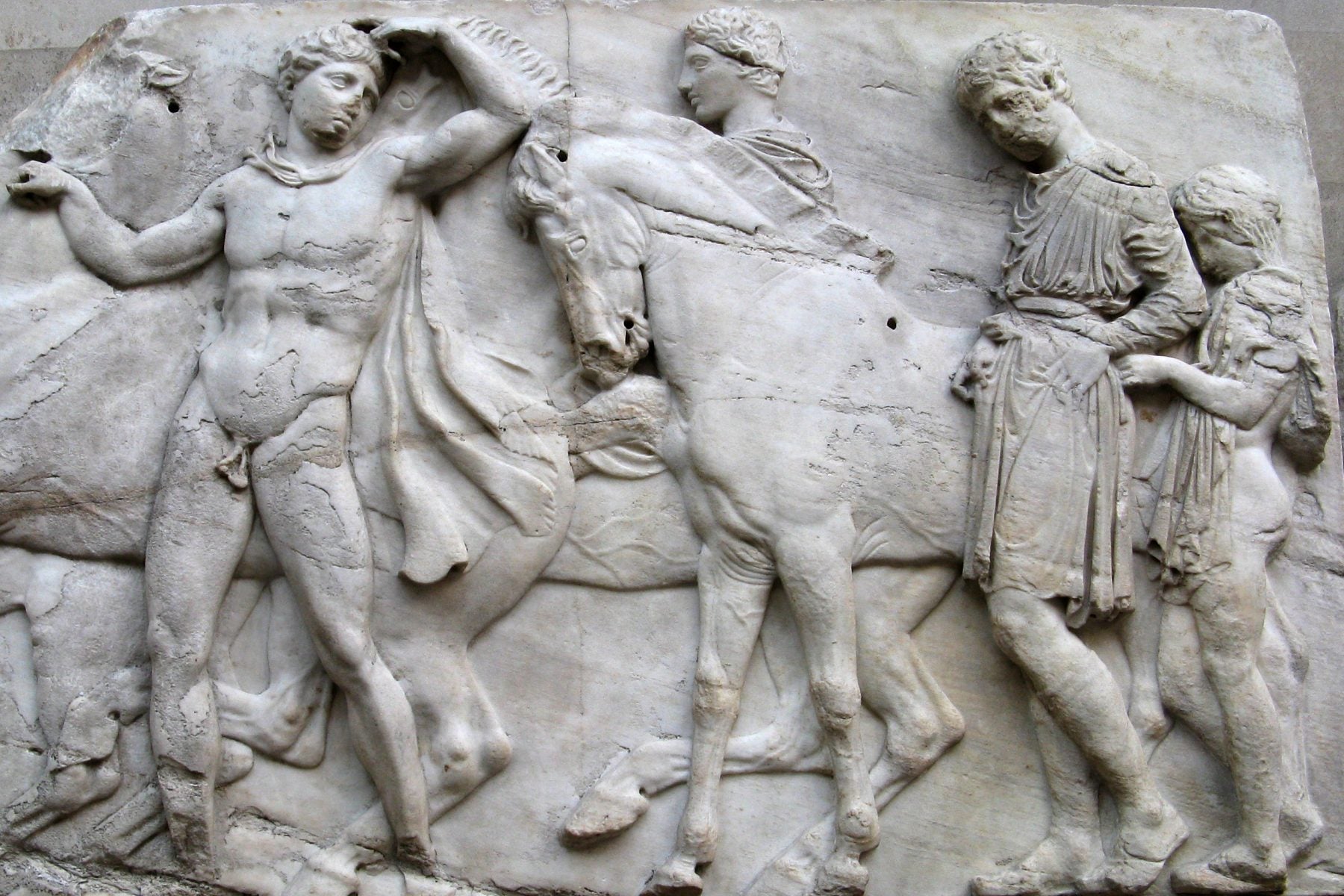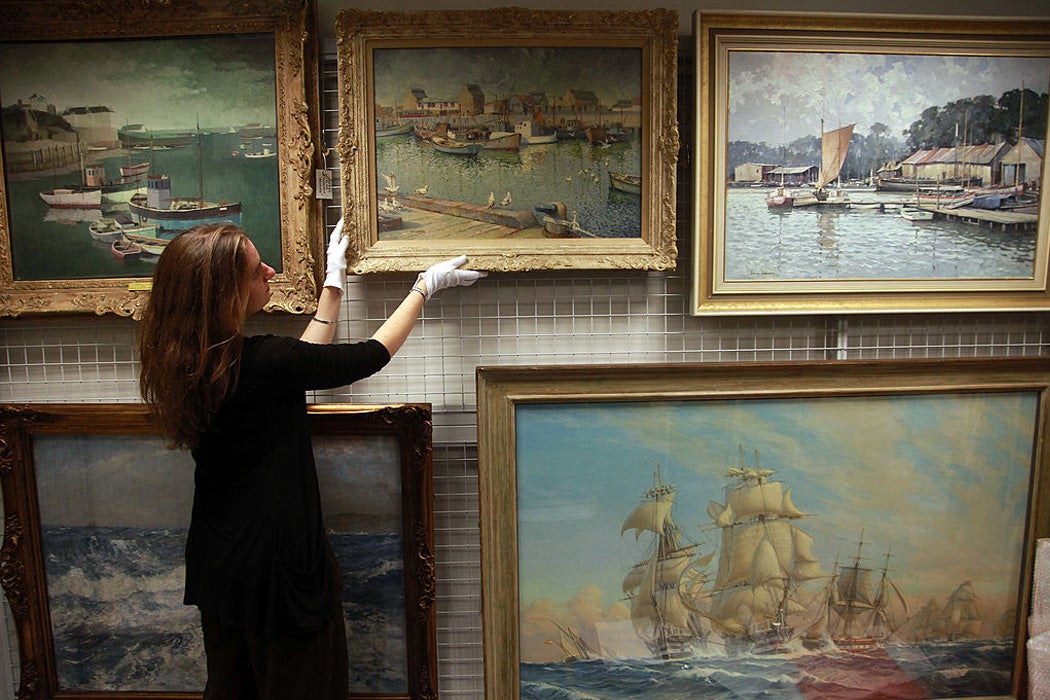The icon indicates free access to the linked research on JSTOR.
Over the past decade, our writers and editors have shared dozens of stories, research summaries, and reading lists on the history of art. We’ve covered individual artists, movements and manifestos, research methods, and museum practices. As a body, these stories reflect the interests of our writers, of course, but they also capture important events in the art world and shifts in methodological trends. And some of them shine a light (but not too brightly—we follow best archival practices here) on overlooked artists and artworks.


We’ve gathered dozens of stories from our archives to inspire, educate, and entertain. They’re loosely categorized by movement or period, but if you have a compelling argument for recategorization, please do let us know (it’s possible our categories could lead to some heated conversations in a historiography and methods seminar).
As always, the research articles linked in the stories and marked with a red J icon are free to read and download.
The Ancient World
April 10, 2024
By turns worshipped and reviled, the bird frequently associated with death has appeared in art works for thousands of years. Here’s a short history.
March 21, 2016
Do France’s Chauvet Cave paintings depict a contemporary volcanic eruption? Recent research argues that they do.
Renaissance, Baroque, Mannerism, Northern Renaissance
August 14, 2024
We take for granted the Titians and Botticellis that hang in galleries across the United States, little aware of the appetites and inclinations of those who acquired them.
October 9, 2023
Using peach and eggplant emojis as shorthand for sex may seem like a new thing, but Renaissance painters were experts at using produce to imply intercourse.
January 10, 2023
The notion that everybody was going to be hairless in Heaven may not have sat well with Italian Renaissance painter Sandro Botticelli.
January 19, 2018
Michelangelo, perhaps the greatest artist the world has produced, wasn't a child prodigy like Mozart. He learned on the job. So maybe there's still hope for the rest of us.
March 27, 2023
In the Christian New Testament, Saint John the Baptist and Salome never meet. Why, then, does she appear at the bars of his cell in Guercino’s moody painting?
October 6, 2022
Need to clean your sixteenth-century distemper painting? Try a piece of bread (at your own risk).
August 28, 2022
A Spanish princess who became a German queen, Margarita Teresa lived a life structured by Catholicism and cut short by consanguinity.
November 28, 2019
There’s a specific term for these irregular pearls: “baroque,” from the Portuguese barroco.
January 5, 2018
17th-century Amsterdam was the first city in Europe to have an efficient system of street lighting—thanks to a Golden Age painter called Jan van der Heyden.
September 22, 2017
Buon fresco, perhaps the best-known kind of wall painting, is the result of a chemical reaction turning paint and wet plaster into a single, solid surface.
September 11, 2017
Jan Davidszoon de Heem, one of the greatest still-life painters of the 17th century Dutch Golden Age, brought particular brilliance to book still-lifes.
August 15, 2016
Hieronymus Bosch died 500 years ago, but we can't take our eyes off of his paintings.
January 5, 2024
Christina of Milan, Duchess of Milan, used an unusual tool to avoid becoming one of Henry VIII's unfortunate wives—the royal portrait.
December 6, 2023
Low Country artists of the late Renaissance and Early Baroque eras captured the happiness and hardships of snowy winters—an ever rarer phenomenon now.
July 19, 2023
Renaissance artists routinely used men as models for their depictions of female subjects, yet only the musculatures of Michelangelo tell that story.
Sculpture
July 22, 2024
Calder was known for both his delicately balanced kinetic sculptures and the massive steel abstractions he designed for public squares around the world.
December 3, 2023
Could we be wrong about the identity of this celebrated stone sculpture from ancient India?
February 22, 2021
A 1907 exhibition on the founding of Jamestown featured the work of an artist determined to counter demeaning stereotypes.
June 26, 2020
Coade stone was all the rage in late eighteenth-century architecture, and a mother-and-daughter team was behind it all.
September 16, 2019
The original inspiration for the now-ubiquitous equestrian statue, a classical bronze of Emperor Marcus Aurelius, was almost melted down and lost forever.
May 9, 2019
Demons and artists, it seems, pull from the same bag of tricks. They take ordinary matter and transform it into something more wondrous, more terrifying.
Nineteenth Century (Pre-Raphaelites, Academic, Romanticism)
January 21, 2018
Since the nineteenth century, peat (or turf) has brought social consciousness to art. In the 1800s, Pre-Raphaelite paintings focused on the fact that the poor harvested it.
June 20, 2020
Before the French Revolution, professional models were salaried professionals. That would all change in the nineteenth century.
January 27, 2023
A working-class woman with artistic aspirations of her own, Siddal nearly died of pneumonia after posing for John Everett Millais’s iconic painting.
July 19, 2019
Napoleon didn't like sitting for portraits, and yet artists and mass market prints helped cement his legendary status.
April 15, 2018
The "Red Rose Girls"—Violet Oakley, Jessie Wilcox Smith, and Elizabeth Shippen Green—met at the Pennsylvania Academy of Fine Arts in the 1880s.
November 14, 2018
Robert S. Duncanson was among the first African American artists to gain international fame. And yet his grave has stayed unmarked for 146 years.
June 20, 2018
Herman Melville likely saw the panorama “Whaling Voyage,” which records the sinking of the whaler Essex, while staying in Boston in 1849.
April 13, 2018
The landscape painter Thomas Cole celebrated the American landscape, but also expressed doubts about the limits of civilization.
June 28, 2017
The works of the Canadian painter Caroline Louisa Daly were for years incorrectly attributed to Charles Daly, a municipal bureaucrat turned artist.
May 20, 2024
In ancient Mesopotamia, many medical disorders were attributed to ghosts, including mental problems faced by men who had spent years at war.
May 28, 2022
One of the few women permitted to wear trousers during the Third Republic, the French artist developed a sense of self through her clothing choices.
June 13, 2019
How the American Art-Union brought fine art to the people, via a subscription service, in the 1840s.
Nineteenth Century (Impressionism, Post-Impressionism)
April 10, 2024
The first exhibition of paintings that would come to be described as Impressionism opened in Paris on April 15, 1874.
October 16, 2022
The French painter Edgar Degas was Impressionism’s most energetic and inventive frame designer.
March 20, 2019
Berthe Morisot never became as famous as her counterparts Claude Monet and Édouard Manet, but her work has an important place in art history.
June 1, 2023
Van Gogh was a troubled soul and master painter who relied on his emotions and color to create art that continues to attract millions of viewers.
August 12, 2019
James McNeill Whistler created the famous "Peacock Room" for a wealthy patron. But the patron never actually wanted it.
August 14, 2015
Want to experience Claude Monet’s Giverny? Do so easily through his paintings or travel.
Photography
September 13, 2022
While some viewed photography as a competitor for their customers, Dutch portrait painters reaped the benefits of the emerging medium.
September 11, 2015
The 175th anniversary of William Henry Fox Talbot's calotype photography.
June 14, 2017
A student of painting, then of black and white photography under Ansel Adams, Marie Cosindas became famous for turning color photography into an art form.
April 12, 2017
Photojournalist Margaret Bourke-White dedicated her life to photography, including a trip to South Africa during the "dawn of the anti-apartheid era."
June 26, 2023
Photographing everyone from musicians to athletes to the person on the street, Brathwaite found the beauty in Blackness and shared it with the world.
July 2, 2022
Florestine Perrault Collins escaped the bounds of prescribed gender roles and racial segregation to run a successful photography studio in 1920s New Orleans.
August 2, 2021
The Farm Security Administration had photographers fan out across the country to document agricultural conditions. But they brought back much more.
Modernism
July 31, 2024
In the late twentieth century, the image of the American quilt shifted from one of practicality and handicraft to a celebration of modernist abstraction.
March 30, 2024
Little known outside of Singapore and Malaysia, Georgette Chen was an iconic artist of the Nanyang Style.
November 11, 2022
An association of Montreal-based artists, the Beaver Hall Group embraced the free-spirited Jazz Age in their work, their habits, and their lifestyles.
March 2, 2020
Fourteen colossal black paintings by the modern artist Mark Rothko are installed in an octagonal room in Texas. Visitors say the chapel brings them peace.
May 7, 2019
Major artists like Roy Lichtenstein and Louise Bourgeois have experimented with holography, but it has yet to be taken seriously as an art form.
January 23, 2020
The artist's "Cremation Project" of 1970 marked a liberation from the tradition of painting and a step toward a more encompassing vision.
January 17, 2019
Sylvia Pankhurst gave up painting to focus on suffrage and anti-colonialism activism, but she continued to use her design sense throughout her career.
December 10, 2018
Before she was killed by Nazis, Charlotte Salomon created a unique, genre-bending artwork that may have also been a confession to a murder.
November 22, 2018
Henri Matisse's odalisques, or reclining nude females, were inspired by trips to exotic French colonies. But what was the story outside the frame?
November 9, 2018
Józef Czapski was a painter, writer, and Proust scholar -- as well as one of the few Polish military officers not executed by the Soviet Union in 1940.
July 15, 2018
In 1939, Dole Pineapple Company sent Georgia O’Keeffe to Hawaii for three months in order to produce works that could be used in their advertisements.
June 27, 2018
Precisionism, a modernist art style that emerged in the early 20th century, glorified the machine age, all but erasing the presence of people.
April 28, 2018
Studying the artist's paintings may reveal more about the her early trauma and subsequent pain than suspected.
May 23, 2017
Was American painter Marsden Hartley an innovator, or an imitator? Some call him a great artist, while others say he didn't know how to paint.
April 9, 2017
Diego Rivera’s artwork has always been intimately tied to the culture of his native Mexico, although this was not always seen as a sophisticated choice.
February 15, 2017
The Francis Picabia retrospective at MoMA is wowing museumgoers again with his ever-shifting, always challenging art.
May 1, 2024
A symbol of resilience and resourcefulness, Lewis remains one of Canada’s best-loved and most-celebrated folk artists.
January 27, 2024
Published in 1948 by the artist group Les Automatistes, the Refus Global manifesto challenged Québécois political, religious, and social traditions.
November 13, 2023
Soviet artworks that featured Black Americans tended to trade in stereotypes. The paintings of Alexsandr Deineka were an exception.
July 25, 2023
Informed by the philosophies of the Futurists, Guro's painting and poetry represented an era of experimentation and innovation in Russian art.
January 16, 2023
First named such in Belgium, Art Nouveau was intimately tied up with that country’s brutal rule of the Congo.
June 4, 2015
Jacob Lawrence’s Great Migration series heads back to NYC where it first debuted. The lasting influence of Jacob Lawrence and his series is inarguable.
November 14, 2018
A new exhibit at the Brooklyn Museum asks: Is there a Black aesthetic?
Surrealism, Dada
August 15, 2024
The construction and expression of race by skin color literally became visible in Western art in the eighteenth century.
April 15, 2023
Though he dismissed Pop as “window dressing, advertising art,” many critics and artists of the 1960s claimed Magritte as the movement's greatest forebearer.
November 26, 2018
Victor Hugo created visual art that was intuitive, experimental, and inspired by Spiritualism. In other words, nothing like his novel Les Misérables.
September 10, 2015
Salvador Dalí injected Surrealism into fashion magazines in the 1930s and 1940s, to lasting influence.
November 11, 2016
The anti-art art movement Dada was born in 1916 in Zurich's Cabaret Voltaire.
September 19, 2024
On the centennial of the founding of Surrealism, this reading list examines its radical beginnings, its mass popularity, and its continued evolution.
Late Twentieth Century (Pop, Post Modernism, Street)
March 16, 2023
Beginning with texts written in the 1970s, this reading list shows how the major questions, critiques, and debates developed in the field of feminist art history.
June 3, 2018
In a 1991 interview with singer Graham Nash, David Hockney explained how he applied his drawing skills to photography via the computer.
March 18, 2016
Through a didactic retelling of history, artist Faith Ringgold uses her story quilts to reframe the past.
June 17, 2015
Pow! Wow! mural festivals are growing internationally and exponentially. Learn about the rise and acceptance of street art.
March 25, 2021
In addition to bringing attention to overlooked artists, one scholar argues that art criticism has contributed to their obscurity.
April 23, 2019
Jean-Michel Basquiat created art that commented on New York City, while also contributing to its architecture and style.
November 22, 2019
A 1971 interview with poet Gerard Malanga.
Printmaking
March 31, 2023
Explore two centuries of printmaking—from Hokusai and Hiroshige through Hiratsuka—in this online collection shared by Boston College.
February 2, 2024
Hokusai’s watery woodblock print is such a common sight that most people tend to look past the peril at its center.
Museums, Methods, and More
July 6, 2020
When the Metropolitan Museum of Art excluded artworks from a major exhibition all about Harlem, Black artists protested the erasure.
September 14, 2022
The men and women who tracked down looted art after WWII didn’t just go after stuff stolen by the Nazis. They also searched for treasures stolen by the Japanese. Sort of.
May 25, 2023
Metadata helps you search for and find images of cats, for instance, whether or not you have a specific feline in mind.
December 10, 2023
Leonardo da Vinci’s famous painting bore witness to the administrative acts that enabled the crimes committed against Polish Jews during World War II.
August 19, 2022
A deeply ingrained interest in stolen objects and their recovery reflects our collective uncertainty over how we value art.
October 25, 2019
"The best one can say of American art criticism is that its CLEVERNESS OFTEN CONCEALS ITS LACK OF PENETRATION," Alfred Stieglitz wrote.
February 18, 2021
Imagine tourists flocking to a famous beauty spot, only to turn around and fix their eyes on its reflection in a tiny dark mirror.
February 16, 2016
As the art market has increasingly grown, art fraud has flourished. What can be done to combat it?
June 19, 2018
Beyoncé and Jay-Z's new music video was filmed entirely at the Louvre museum. What messages hide in the histories of the featured artworks?
August 11, 2023
The world’s largest archaeological museum is poised to open on the Giza Plateau, building on two centuries of museum planning and development.
August 1, 2016
Can the Olympics increase museum attendance in both the long and short-term? Carol Scott and her team proved just that in documenting Sydney's case study.
June 1, 2024
Alexandre Lenoir’s Musée des monuments français, founded to protect French artifacts from the revolutionary mobs, was one of the first popular museums of Europe.
February 12, 2017
The mystery surrounding the 1911 theft and subsequent conspiracy theory catapulted the Mona Lisa into the popular imagination.
October 24, 2023
How does generative artificial intelligence upend conventional understandings of who is and what makes for a true artist?
March 17, 2018
Art historian and critic, Linda Nochlin changed the field of art history, shifting both the field and the viewer’s gaze.
May 4, 2023
To spot high-quality images, you'll need to draw on your basic visual literacy skills.
April 13, 2023
There are dozens of ways of looking at visual art. None of them are wrong, but certain methods facilitate deeper connection and understanding.
May 22, 2021
What an 1897 exhibition at the British Museum can tell us about how African artworks were perceived in an era of imperialism.
April 1, 2021
Before the Guerrilla Girls, Women Artists in Revolution pressured institutions to include women artists, inspiring similar groups around the U.S.
April 23, 2018
The National Museum of Women in the Arts exhibit “Women House” pays tribute to the foundational 1972 project of Judy Chicago and Miriam Schapiro’s “Womanhouse.”
April 25, 2022
Records from a cancelled exhibition reveal the challenges faced by Black feminist artists and curators in the 1970s.
December 3, 2019
Lord Elgin went beyond his original mandate, amassing a vast store of treasures, one scholar notes.
May 4, 2019
Deaccessioning old works can be a complicated and fraught process. But even museums have to spring-clean now and then.
